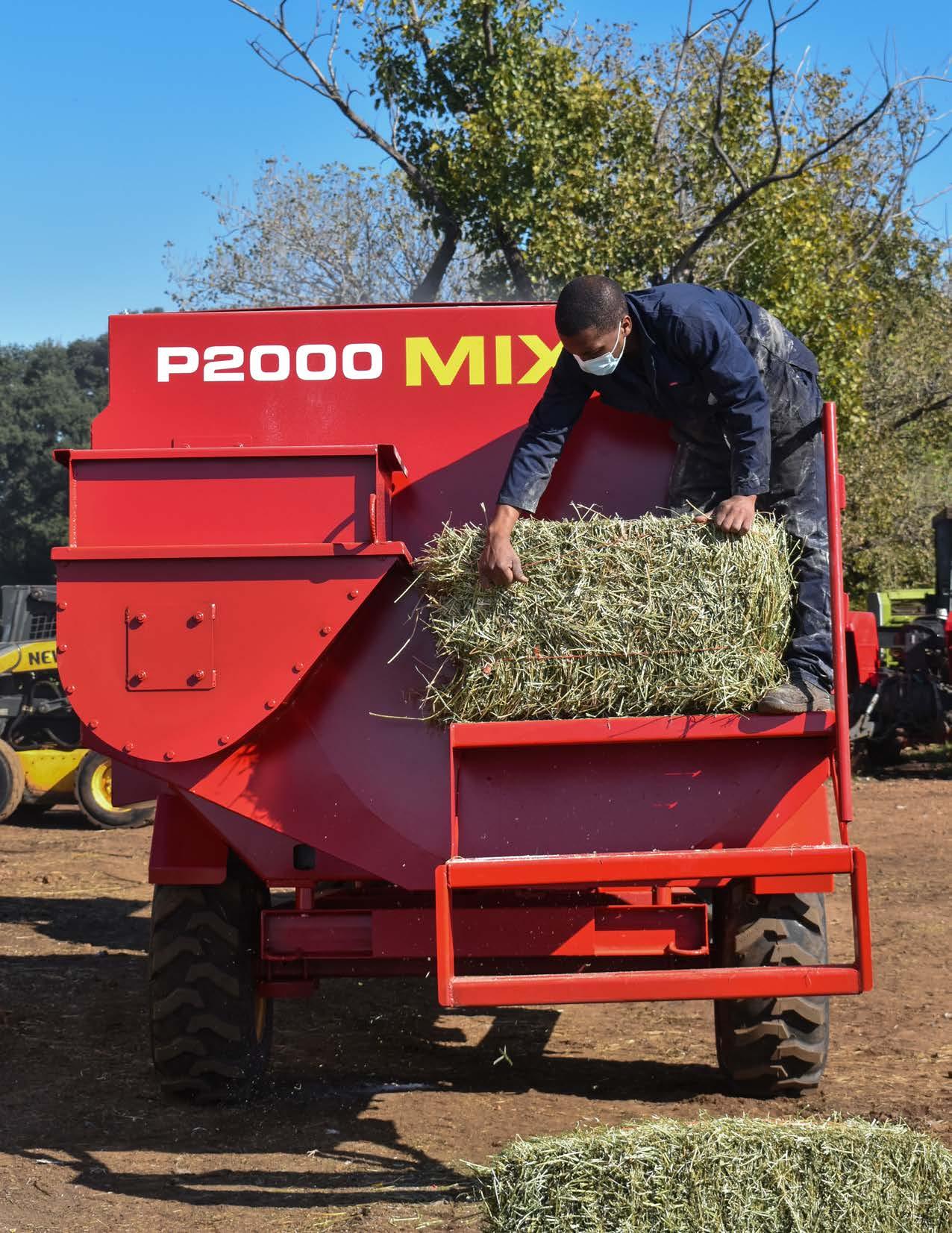

www.agri4all.com www.proagri.co.za Free ProAgri Zambia No 85 technology for the farmer
manufacturer of hammer
and pelletisers John Deere introduces the new 6-cylinder on the block Beat fall armyworm the Syngenta way
Proud
mills, feed mixers






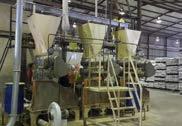
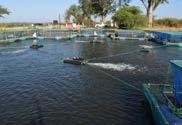
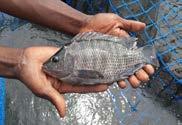

Forty Harvests
The famous quote by George Washington is still striking today:
“Agriculture is the most healthful, most useful, and most noble employment of man.”
The new series of Case IH, 40 Harvests, has been so much on my mind lately. You only have 40 harvests in your lifetime. How much time do you have to leave a legacy?
Today farmers face the biggest challenge of this generation – creating sustainable food systems and solving the problems of climate change. The costs of fertiliser and natural gas have exploded and global prices for food commodities like grain and vegetable oils were the highest on record in 2022.

When we were young children, the magic of farming was the thought of playing in the dirt for a living. But as a person grows older, a deeper, fonder respect begins to form for the men and women who choose agriculture as a career. You soon learn that no role in agriculture is too small to go unrecognised. Everyone, from the backyard vegetable farmer to the large farms with thousands of acres, each leaves his individual imprint on the world of agriculture.
With that said, and following the 2023 budget, according to Lusaka Times, it is clear that the upcoming year is going to be monumental for Zambia’s economic recovery, with the rate of GDP growth forecast to increase by nearly 4% and a debt restructuring agreement firmly on the horizon.
As we look to 2023, one thing is for sure: Zambia’s economy will continue to thrive; blossoming into a new investment hub for Africa. Following years of economic instability and financial hardship, key economic indicators are now painting a positive picture.
This year marks a new chapter in Zambia’s history, and we are looking forward to seeing what is in store for businesses over the next few months and helping to coordinate investments that promote all aspects of Zambia’s economy and its communities.
How are you going to approach the harvests that you have left? Roleplayers understand that a farmer’s most valuable years are dedicated to feeding the world. Let’s make them count, together.
We hope you enjoy this month’s edition of ProAgri Zambia. Be sure to visit out classifieds website www.agri4all. com to get your hands on all your agricultural needs, and for our readers, take a scroll through our website, www.proagrimedia.com, for some informative articles and our farmers’ testimonials. Subscribe to our social media platforms and YouTube channel to make sure you don’t miss a thing!

I would love to hear from you, send me an e-mail to bianca@proagri.co.za and please get in touch with me.
ProAgri greetings
Bianca Henning
bianca@proagri.co.za
Cover
Drotsky has been manufacturing hammer mills and feed mixers since 1962. As a South African company, Drotsky’s machines and equipment are built with African conditions in mind, designed and manufactured to work and last.
ProAgri
technology for the farmer Zambia
No. 10 Tito Road Rhodespark, Lusaka +26 (0)97-769-9786
Reinke’s circles of success in Pandamatenga, Botswana
Tips from Novatek: Storing and handling your Aquafeeds
Farmers depend on Rumax to make top class feed
The new 6-Cylinder on the block: The John Deere 6140B CAB Tractor
Valley® Gensets keep your operation running when there is no electricity

Senter360 pivots are ideal for farmers in Africa

Beat fall armyworm with Syngenta
Stress in broilers may diminish profits

Pig farming part 6: Understand the products your pigs can produce
Beekeeping part 7: Pests and diseases
A persistent problem in Zambia: Salmonellosis in laying hens
Processing of condiments Part 26: Pear relish
Sheep breeds part 3: Native sheep breeds of Southern Africa

From silkworms to silk garments Part 2:
Technews: The latest in agricultural technology from around the world
Fruit production part 2: Kiwi fruit
AFB vaccine: A breakthrough in protecting honey-bees

Editor Bianca Henning >
Reporters
Benine Ackermann >
Maryna Steyn >
Natasha Pansegrouw>
Specialist Writer
Annemarie Bremner >
+27 82-326-2572
bianca@proagri.co.za
+27 73-105-6938
benine@proagri.co.za

+27 82-261-9177
maryna@proagri.co.za
+27 81-736-4236
natasha@proagri.co.za
+27 82-320-3642
annemarie@proagri.co.za
Senior Production Manager
Zainab Pandor >
+26 (0)97-769-9786
zainab@proagri.co.za
Client Relations Manager
Carin Swartz >
Marketing Manager
Diane Grobler >
Marketing
Xander Pieterse >
Johan Swartz >
Tiny Smith >
Lynette van Tonder >
Creative Director
Christiaan Joubert >
Design
Michelle Kruger & Enquiries
Engela Botha >
+27 84-233-0123
carin@proagri.co.za
+27 82-555-6866
diane@proagri.co.za
+27 79-524-0934
xander@proagri.co.za
+27 71-599-9417
johan@proagri.co.za
+27 82-698-3353
tiny@proagri.co.za
+27 74-694-4422
lynette@proagri.co.za
+27 72-419-3990
christiaan@proagri.co.za
Jamie Lee Tromp
+27 12-803-0782
engela@proagri.co.za
Distribution and subscription
Nita Volmer-van Zyl >
Accounts
Ronel Schluter >
Business Manager
George Grobler
+27 79-515-8708
nita@proagri.co.za
+27 12-803-0782
accounts@proagri.co.za
Content
2. 5. 7. 9. 11. 13. 15. 17. 18. 21. 26. 29. 32. 34. 39. 42. 44. 2. 7 17 29 32 44
ProAgri Zambia
85 1
ProAgri Zambia
Copyright © 2023. All rights reserved. No material, text or photographs may be reproduced, copied or in any other way transmitted without the written consent of the publisher. Opinions expressed are not necessarily those of the publisher or of the editor. We recognise all trademarks and logos as the sole property of their respective owners. ProAgri shall not be liable for any errors or for any actions in reliance thereon.
www.proagri.co.za ProAgri
by Bianca Henning
Reinke’s circles of success in

Pandamatenga, Botswana
Farming is a sheer pleasure in the Chobe district, south of the Zambezi River. It is safe and there is excellent support and help from the government to farmers, which ultimately provides them with several opportunities.
The vast majority of Botswana’s grain sorghum (about 80%) is produced in the Pandamatenga district. It is a dream to farm in Pandamatenga! In January, we had the privilege of visiting a few farmers in this area to learn more about their farming operations and irrigation needs.
Not only did the farmers in Botswana show exponential growth the past two years, but Reinke irrigation as well. In this time Reinke has successfully installed 22 pivots for farmers in the area, irrigating a total of 376,5 ha of crops.

“When I look back from where we started two years ago in the area to where we are now, it is an honour for us at Reinke to see the circles of success not only on the farms, but the whole area,” says Werner Wolvaardt, Business Development Manager of Reinke South Africa.
Most of the farmers in the area face challenges with the turf soil, therefore
farmers are compelled to choose the best and right farming equipment to eliminate downtime, and to take their businesses forward.
The main reason behind farmers choosing Reinke as their irrigation partner in this area, is the fact that Reinke’s pivots do not get stuck in the turf. Everyone knows that time is crucial in any farming operation, and with Reinke’s lighter yet stronger pivots, downtime is eliminated.
Our first visit was at Jac Johan van der Westhuizen. Jac is the proud owner of two movable 25 ha Reinke pivots, erected at the end of 2022.
Jac says: “Since we have contacted Reinke for the first time, the process was smooth, and it was really a pleasure to work with them. The pivots now enable me to cultivate crops throughout the year.”
Our second visit was at Kallie Viljoen. Kallie has been a resident of the Pandamatenga district since 1997. His business, Eastford Holdings, was established in 2009. It is a beautiful spot with hectares of fields surrounded by baobab trees.
For Kallie there is no better sound than hearing the water from his pivots,
irrigating his crops. “We mainly grow grain sorghum, since it is the country’s staple food, which we alternate with sunflowers, maize and beans. We also plant wheat and potatoes, of which 170 ha are under irrigation,” Kallie explains.
Kallie owns two 30 ha Reinke pivots and one covering 7,5 ha. He erected his Reinke pivots in 2021.
Our third visit was at Panda Potatoes, where father and son Fred and Fred (junior) van Vuuren have a dynamic father and son relationship where they farm together north of Pandamatenga. They are well-known in the area for their potato production. They also plant maize and grain sorghum. They have been farming in this area since 1999.
“It is only by faith and grace that we are where we are today. Over the years, as our farm expanded, we also had to expand our irrigation. Farmers in the area already used Reinke pivots. We approached them, and we were very impressed with the strength of the pivots as well as the water application on the crops, and that is where our relationship with Reinke started,” states Fred van Vuuren.
They started with one pivot, and
2 ProAgri Zambia 85
One of Jaco Strachan's eight Reinke pivots perfectly irrigating a sorghum field.
today they have twelve pivots on the farm, of which nine are Reinke, irrigating 180 ha of crops.
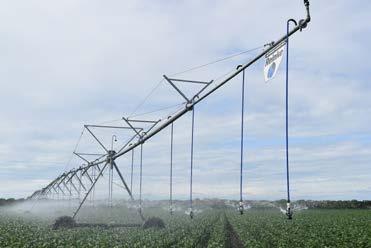
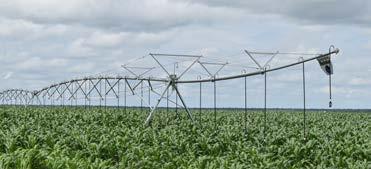

Fred junior is the second generation taking over on the farm. “Being able to take over from my father and learning from him, is such a privilege, and being able to build up the farm for the next generations is a great honour,” Fred junior says.
Our last stop was at a dynamic young farmer, Jaco Strachan of Winfort Investments, also situated in the Pandamatenga area. This is where Reinke’s journey with the farmers in Pandamatenga began. They installed their very first pivot in the area here.
Three years ago, Jaco started with two 30 ha and two 15 ha pivots on his farm, and as the farm expanded, his irrigation needs also expanded to where he now has eight Reinke pivots, irrigating 115 ha of crops on his farm. There are no other pivots than Reinke on Jaco’s farm.

“Because we harvest two times a year, there are times during the year when we face drought. I decided to start installing Reinke pivots on my farm after I did thorough research on several irrigation companies. In all aspects, Reinke rose above the rest,” Jaco states.
Reinke is a well-known name in Botswana, and several farmers across the country have installed Reinke pivots on their farms.
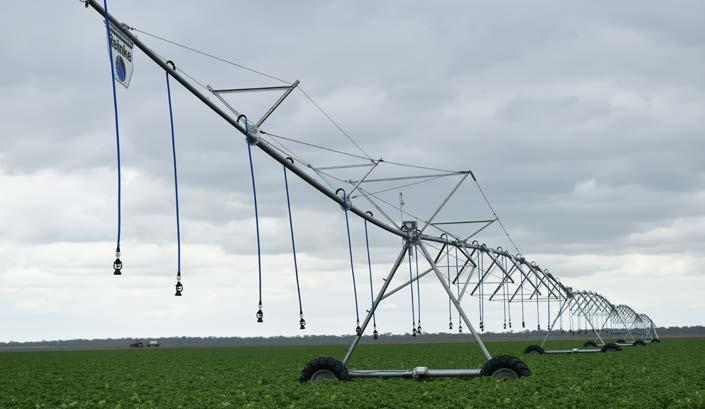
Watermaster, the Reinke dealer in Botswana, provides excellent service to farmers across Botswana. Watermaster is situated in Francistown, and gets their stock from Reinke in South Africa.
“We are proud to be associated with our dealer, Watermaster, for the Botswana area. Ultimately, it is important for us that our farmers are happy and that the necessary products and services are available whenever they need it. Like our pivots, your Reinke dealer is in it for the long haul,” Werner concludes.
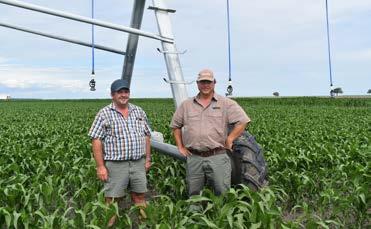
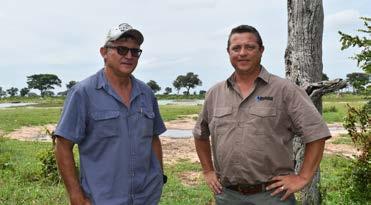
Just like Watermaster, Reinke also walks the extra mile for farmers in Botswana. If you wish to get in touch with Watermaster Botswana, you can contact them on (+267)-240-2620, or send an e-mail to watermasterbots@gmail.com. For more information on Reinke’s top class irrigation solutions and how they can assist you, find your nearest dealer at https://www.reinke. com/find-a-dealer.html
Be sure to keep an eye on ProagriMedia and Reinke’s YouTube channel and platforms to follow the full episodes of Reinke’s circles of success in Botswana, and to listen to each farmer’s informative story.
ProAgri Zambia 85 3
Jac Johan van der Westhuizen with Werner Wolvaardt of Reinke on Jac Johan's farm with the beautiful landscape in the background.
Jac Johan's maize flourishing under his 25 ha Reinke pivot.
Kallie Viljoen and Werner Wolvaardt in Kallie’s maize field.
For Kallie Viljoen, there is no better sight than water spraying from a Reinke pivot.
Werner Wolvaardt and Fred van Vuuren (junior) admiring the maize irrigated by Reinke.
Werner Wolvaardt and a satisfied Jaco Strachan at the Reinke control panel in his field.
One of the seven Reinke pivots on Fred van Vuuren’s farm, ensuring that the potatoes get sufficient water at all times.




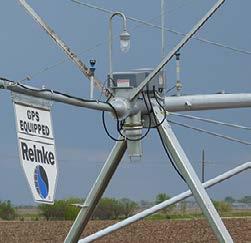



www.reinke.com patrickellis@reinke.com Patrick Ellis 031 350 4525 MANAGE YOUR WATER APPLICATIONS WITH PRECISION AGRICULTURE NAVIGATOR GPS RPM CONTROL PANELS REINCLOUD VARIABLE RATE IRRIGATION Use our different technologies for accurate systems locations & the ability to remotely monitor & control your irrigation systems.
and subsequently cause mortalities. Factors that affect feed deterioration are either physical or biological in nature.
Physical damage includes:
Transport and handling
Transporting or excessive handling can cause pellet damage, leading to the generation in fines. High levels of fines can lead to a decrease in water quality and will represent a blind economic loss to the farmer. Moreover, damaged feeds expose the nutrients to microbial action.
Temperature and sunlight

Direct sunlight or extreme heat can damage sensitive nutrients, and reduce the nutritional value of the feed. Moreover, temperature fluctuations can lead to condensation and free moisture formation.
Moisture
Excess feed moisture as well as relatively high humidity levels will promote the growth of fungi and insects. It can
Tips from Novatek: Storing and handling your Aquafeeds

increase the rate of oxidation and subsequently the rate of spoilage. When feed bags are left in contact with the ground or wall, condensation will form and seep into the bags. In addition, expanded aquafeeds are more porous than pelleted feeds, which increases their moisture absorption.
Insect and rodent infestation
Insects and rodents consume feed and destroy containers causing feed wastage and economic losses. Moreover, they can introduce bacteria into feeds through their faeces, which leads to feed spoilage.
Biological damage includes:
Microbial spoilage
Under the right conditions, bacteria will rapidly multiply and break down feed to produce toxic products, causing harm to fish. Additionally, the growth of mould can damage feed and produce health-damaging mycotoxins.


Oxidation
Oxidation reactions occur in the presence of oxygen, which causes feed to spoil at a quicker rate. For instance, fat in feeds can form peroxides that cause rancidity and off-flavours. These peroxides may bind with proteins or vitamins and reduce their availability.
To prevent or minimise the deterioration of feeds, some important guidelines should be applied:

• Store dry feeds for no longer than 6 months and ensure first in, first out practices are applied.
• Do not walk on the feed bags or use excessive force when handling them.
• Provide a clean, cool, dry, secure, and well-ventilated storage area, such as storage sheds.
• Store feed bags out of direct sunlight.
• Feed bags should not be piled more than 10 bags high on a platform 12 to 15 cm off the floor.

• Short-term storage bins should be placed under shade cloth and sealed.
• To discourage insect infestation, the application or dusting of nontoxic diatomaceous earth around and under the pallets can form part of the feed storage management programme.
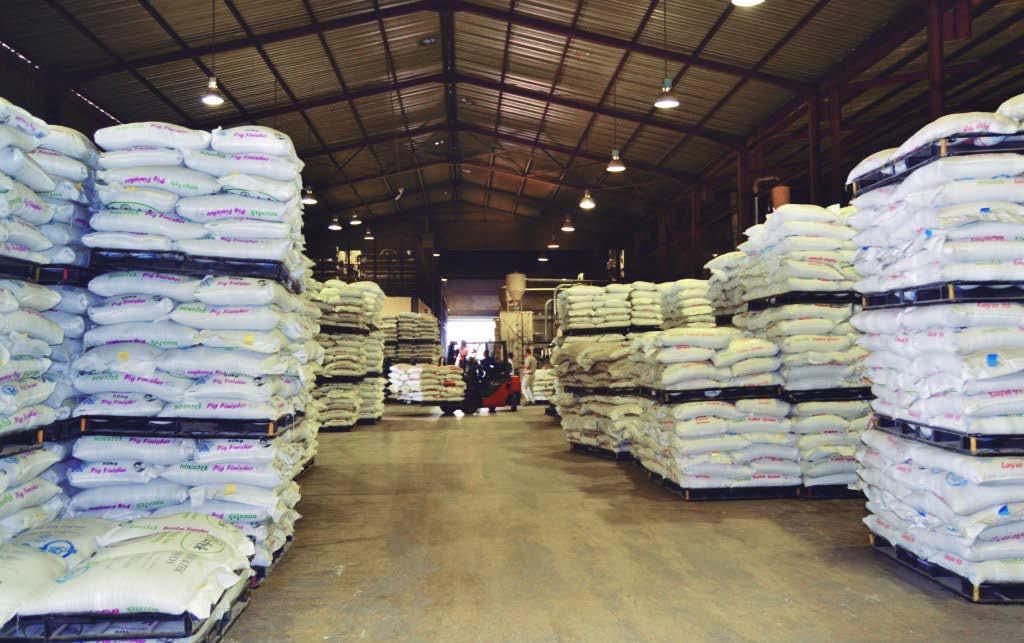
• Sanitse the storage room and feed equipment on a regular basis.
• Fumigate the feed storeroom to ensure that there are no insects or pests.
For information on storage and handling of feeds, contact our nutritionist or technical team, or alternatively contact Robert Kanyembo, Novatek National Sales Manager on (+260) 97-125-2522.
5
by Everett Pieterse



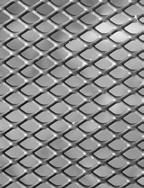
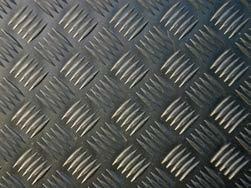





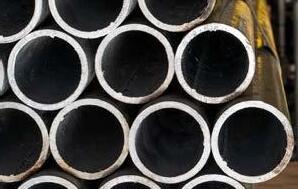

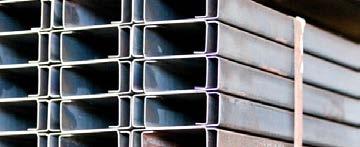



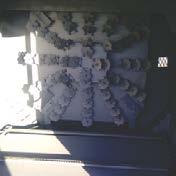

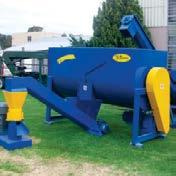

6 LUSAKA KITWE ONE STOP SHOP FOR STEEL & STEEL RELATED PRODUCTS Welding Rods Plates & Sheets Angle Iron Reinforcing Bars U Channels Lipped Channels Tying Wire Galvanized Wire Bolts & Nuts Cutting & Grinding Discs Flat Bar & Round Bar Roofing IBR & Corrugated, Y Standards Field Fence Diamond Mesh Paint Barbed Wire Razor Wire +260 211 222 112 +260 211 223 625 saleslusaka@bsisteel.com +260 212 210 670 +260 212 210 063 saleskitwe@bsisteel.com & many more! RumaX B J P S u p p l i e s 023 342 6070 www.rumax.co.za 1 Samuel Walters Street, Worcester ● Augers Pellet ● Machines ● Feed Mixers Muck Spreaders ● Hammer Mills ● ● Trimming Blades MANUFACTURER OF:
Farmers depend on Rumax to make top class feed
by Maryna Steyn
The vital key to success in animal husbandry is feed. Therefore, more and more farmers rely on Rumax to provide their animals with nothing but the best.
Jaco Pieters started Rumax in 1999 by designing and manufacturing hammer mills. Later on, the company also ventured into feed mixers, manure spreaders and feed pelleting machines. Now, two decades later, the Rumax brand brings farmers a full range of feed-making equipment.
“I began small, making the hammer mills under a canopy,” says Jaco. “From there I expanded and also added new products to the range we manufacture.” Currently, all machines are made in our factory in Worcester, in the Western Cape province of South Africa.
“Initially, many of our clients were dairy farmers, but that also changed over the years. Our products provide solutions to cattle, sheep and game farmers all over the sub-continent including Zambia,” he says. “A couple of machines were also ordered from Kenya and Australia.”
Rumax machines have competitive advantage over overseas machines
When the rand weakened significantly in the early 2000s, Jaco saw the need that farmers had for feed mixers. “They needed feed mixers that could help them farm more profitably, but the cost of importing expensive mixers from overseas was too high,” Jaco explains.
Locally produced products not only fill this need, but also have the added benefit of understanding the farmer’s unique needs. After all, these needs change depending on your type of livestock, field conditions and climate, meaning no two farmers have the same needs. “Our customers can say ‘I need the controls to be on the side,’ then we can manufacture it that way,” he elaborates. “In this way, we manufacture the best machine for every farmer.”
Local means Rumax provides excellent service and spare parts are easy to obtain
Every piece of these machines is manufactured in-house in the factory. “Whether it may be a sprocket, gears or gear boxes, it is made here by us,” Jaco adds. “The benefit of this is that parts are readily available.”
This eliminates the struggle of finding chains and other parts for foreign machines.
“We aim to provide farmers with high quality and reliable machines, that can work hard. They need to be dependable, durable and relatively maintenance free to ensure as little down-time as possible,” he explains. “That is why so many farmers from other African countries import our machines.”
They know they have a reliable supplier who provides top class machines and excellent after-sales service wherever their machines are working.
Rumax makes a difference in feed production
During the recent drought in South Africa, many farmers have benefited from using their Rumax feed mixers. “Sheep farmers in particular find our machines practical because they cut material very finely,” Jaco explains. “The 7 m3 feed mixer was specifically made with sheep farmers in mind, but it is a good choice for any farmer. It is a good average size and affordable as well.”
Rumax offers a collection of machines for animal feed production: Full-feed mixers
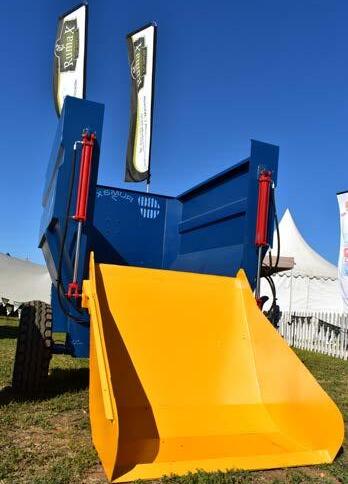
Rumax feed mixers are available in various models to suit the needs of any farming enterprise. Capacities range between 5, 7, 9 and 15 cubic metres. It is used to mix feed rations and transport the feed to where the animals are fed.
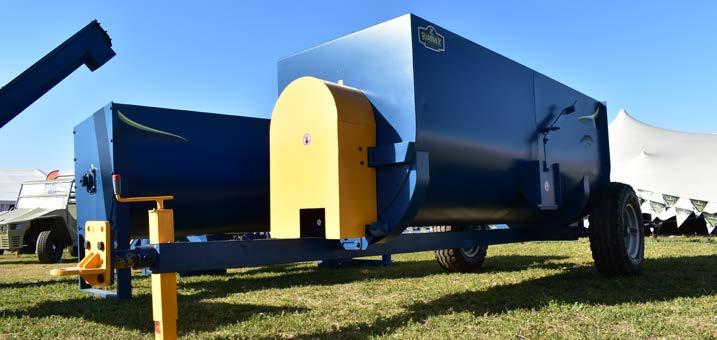
Concentrate mixers
Similar to the feed mixers, these
machines help in producing special concentrate mixes. Rumax produces a half tonne mixer, powered by a singlephase 3 kW motor. There are also 1 t and 1,5 t mixers with 5,5 kW motors, as well as a mixer with a two tonne capacity with a 7,5 kW motor.
Hammer mills
Rumax manufactures a variety of hammer mills. The smallest of the hammer mills, the BD32, is has a 3 kW motor. It can be manufactured with a singlephase motor, a three phase motor, or a diesel engine.
The BD55c is the most popular Rumax hammer mill equipped with a 7,4 kW motor. This machine has a milling speed of 3,5 t/h.
The BD55 has a motor of 22 kW and a milling speed of 11 t/h.
The BD90 is the largest in the BD-series and offers a high output of milled materials. It runs on a 37 kW motor and produces 15 t/h.
The round-bale mill is powered by a 37 kW motor and takes approximately seven minutes to chop an entire round bale.
Pellet machines
Rumax also manufactures pellet machines, giving farmers the option of producing their own feed – from plant to pellet.
ProAgri Zambia 85 7
Treat your livestock and enhance performance. Talk to Jaco Pieters on (+27)82-335-3970 or landline (+27)23-342-6070. You may also send an e-mail to jaco@rumax.co.za.
The Rumax round-bale mill mills a giant round bale in only seven minutes.
Feed and concentrate mixers can be manufactured either as a movable or fixed unit.
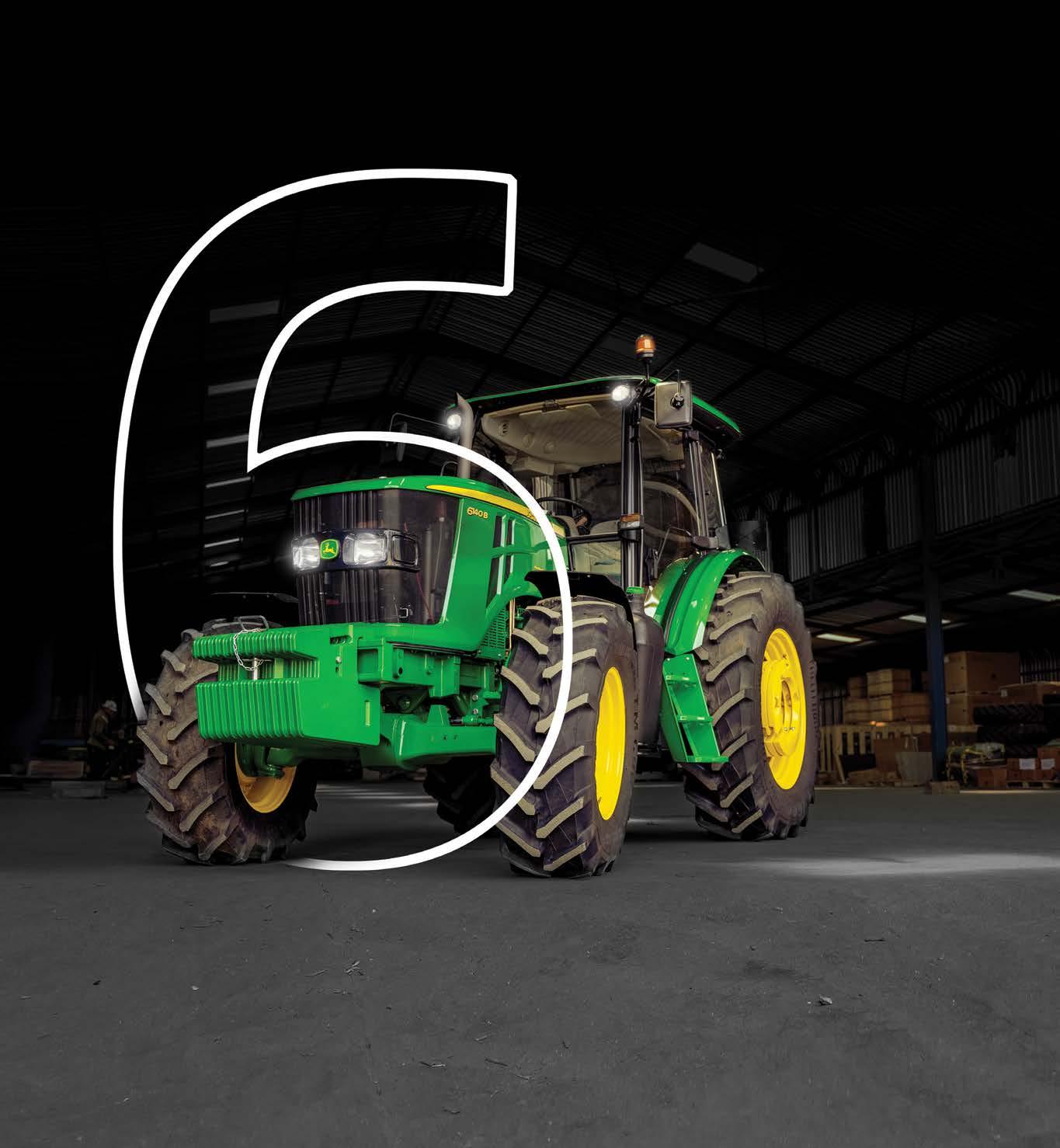

THE NEW 6-CYLINDER ON THE BLOCK Introducing the John Deere 6140B CAB Tractor as an addition to the current 6B model lineup. This 103kW tractor offers specification and performance features that fully complement your needs in any application. | Heavy-Tillage | Planting | Spraying | Spreading | Mowing | Baling | Material Handling | Transport Work | JohnDeereAME John Deere Africa & Middle East John Deere www.deere.africa | africa@johndeere.com | Customer Care: 0800 983 821 | SCAN THE CODE FOR MORE INFORMATION
The new 6-Cylinder on the block: The John Deere 6140B CAB Tractor

The 6140B Cab Tractor is equipped with the proven John Deere 6-Cylinder Turbo Charged Tier III engine, incor¬porating the latest John Deere engine technology. This tractor boasts with 140Hp (103 kW) of rated power. The 6140B is the preferred answer to customer needs in grain, hay and forage, sugar cane, timber, and highvalue crop production systems.
John Deere Africa Middle East recently introduced their 6140B Cab Tractor as an addition to the current 6B model line-up. All farmers can benefit from the versatility of this machine, especially those working in primary operations.
What makes the 6140B Cab Tractor different from the current 6B line-up?
To date, the 6B series was only available with a 4-cylinder, 4.5-liter engine. The new 6140B Cab model is the first to be equipped with a more powerful 6-cylinder engine, which incorporates an electronically controlled high-pressure common rail fuel injection system, intercooler, and heavy-duty PowerCore™ air filter system. Thus, optimised fuel efficiency, immediate torque response, and supreme engine reliability are all advantages of this state-of-theart engine technology.
Moreover, this high-quality and well-balanced heavy-duty tractor can execute any application ranging from heavy tillage, planting, spraying, spreading, mowing, baling, and material handling to transport work, providing peace of mind for your farming operation. This machine can also accommodate implements such as rippers, speed discs, field cultivators, 8-row planters, and sprayers.
Transmission Options
Available in a Standard and Deluxe model, the 6140B Cab Tractor comes equipped with either a 12F/4R TSS 40 km/h transmission with a wet clutch; or a 24F/12R TSS 40 km/h transmission with Hi-Lo, PowerReverser™ and wet clutch. This allows customers to choose the tractor solution that best fits their farming needs.
Adding to the versatility offered by the two transmissions options, optimised per-formance and efficiency are further enhanced by the heavy-duty CAT II 3-point hitch with 5 400 kg hitch lift capacity, three SCVs with 200-bar open centre constant flow hydraulics, and a 540/100 rpm reversible PTO.
What more can you expect from the 6140B?
Tailored upgrades
The 6B's modern cab makes your working environment more pleasant and efficient. The new PowerReverser™
function combined with a tiltable and telescopic steering column, high-performance air conditioning and suspended seat, makes every minute in this Cab tractor an enjoyable experience.
Right balance and full flexibility
Correct weight distribution and flexible ballasting are essential for maximum power transfer and efficient working. The 6B dimensions, structural chassis, wheelbase, and ballasting flexibilities make this universal tractor series a trusted option for any job application.
Easy operation
The electrohydraulic PTO switch provides fingertip control for engagement and disengagement.
Power Reverser Efficiency
With the PowerReverser™ function, travel direction changes are now comfortable, more convenient, and faster for the highest work efficiency.
Perfectly balanced
The two-power shiftable Hi/Lo gear function allows for an increase in productivity of up to 15% as well as improved fuel efficiency of up to 13% during heavy draft applications, thanks to seamless shifting without traction loss.
Servicing
Service points are easy to access, and
the cooling system is easy to clean, thanks to the tilting functionality of cooling system panels.
About John Deere
With a rich history of more than 140 years in South Africa, John Deere is a trusted, world-renowned leader in producing turf, agricultural, construction, and forestry machinery solutions with state-of-the-art precision technology. With its continued focus to strengthen its presence throughout the Africa Middle East region ("AME"), John Deere AME serves its customers through more than 218 dealer touch points across Africa Middle East, and supports its dealer network with a Regional Parts Distribu¬tion centre in South Africa as well as sales and marketing offices in South Africa and Kenya.
Committed to delivering a distinctive customer experience coupled with solution-driven advice from its authorised dealer network and John Deere Financial Solutions, John Deere AME promotes food security while actively driving a successful and inclusive agricultural community while supporting Africa’s growth via its construction and forestry solutions.
With core values of integrity, quality, commitment and innovation, John Deere AME remains dedicated to the success of its customers, to those who cultivate, harvest, transform, enrich, and build upon the land to meet the world's dramatically increasing need for food, clothes, shelter, and infrastructure.
To learn more about the new 6-Cylinder 6140B Cab Tractor, visit www.deere.africa or contact your local dealer.

ProAgri Zambia 85 9
Article supplied

Valley® Gensets keep your operation running when there is no electricity

Article supplied
Valley® is the founder of the entire pivot irrigation industry. We have helped generations of growers to overcome watering challenges with the most durable machines and the most reliable technology available. Our passion for agriculture is clearly seen in the numerous solutions we have created to help growers in every aspect of their operations.
It therefore comes as no surprise that we have also established ways to help growers, to generate electricity, which is becoming more crucial under current circumstances. We have Ag Solar by Valley® - offering solar solutions to growers and Valley Diesel-Powered Gensets®, that we will focus on in this article. Valley® Gensets come with a 12 month warranty and are approved by the highest quality standards. Each Genset is assembled on order to ensure that you are getting the best quality product for your investment.

Diesel-powered generators from Valley® Irrigation are ideal to meet the water application needs of farms utilizing irrigation machines, including all ancillary products, such as pumps. These reliable generators are capable of working as a farms’ main electrical source, or as a standby unit where the main electrical supply is weak or unreliable.
variable load) as an alternative to commercially purchased power. 10% overload power is available for 1 hour out of 12 hours of continuous operation.
Standby power
These ratings are applicable for supplying continuous electrical power (at variable load) in the event of a utility power failure. No overload is permitted on these ratings.
Motor starting
The permissible overloads are 300% for 20 seconds, 50% for 2 minutes and 10% for 1 hour out of every 6 hours of operation.
Standard reference conditions
These generating sets are designed to operate at high ambient temperatures (up to 55 ° C), humidity (up to 99%) and higher altitudes.
Benefits
• Minimise downtime
• Improve water efficiency
• Remotely monitor and control your system via Crop Link® - a smart irrigation solution from Valley®
The ratings range from 9 kVA to 500 kVA, and even units available in a trailer-mounted configuration. Other key features include a durable design and the ability to handle overloads of up to 300% during start-up.
Prime Power
Output ratings are presented at 25 ° C air inlet temperature, barometric pressure 100 kPa, relative humidity 30%. Please
When it comes to irrigation services and solutions, there is only one name that growers trust: Valley® - The Leader in Precision Irrigation.
Prime power
These ratings are applicable for supplying continuous electrical power (at variable load) in lieu of commercially purchased power. 10% overload power is available for one hour out of 12 hours of continuous operation.
These ratings are applicable for supplying continuous electrical power (at
Additional features:
• Synchronized models
• Larger fuel tank
• Additional fuel / water separator
• Battery disconnect switch
Quality standards: BS4999, BS5000, BS5514 IEC, 60034, VDEO530, NEMA MG 1.22 and 8528
Key features:
• Durable design
• Handles overloads of up to 300% during startup
• Ratings range from 9 kVA to 500 kVA
• Available in trailer-mounted configuration
Standby Power
These ratings are applicable for supplying continuous electrical power (at variable load) in the event of a utility power failure. No overload is permitted on these ratings.
ProAgri Zambia 85 11
visit the Valley® website at www.valleyirrigation.com or call Valley Sales on (+27) 60-0767253 for more information.
VME Part N° Genset Model Prime Rating 50 Hz (Kva) Prime Rating 60 Hz (Kva) Engine Alternator Dimensions L (mm) W (mm) H (mm) 5120093 JP9 9 11 PERKINS MECCALTE 1910 860 1222 5120094 JP13 13 16 PERKINS MECCALTE 1910 860 1222 5120139 JP15 15 18 PERKINS MECCALTE 1910 860 1222 5120095 JP20 20 24 PERKINS MECCALTE 1910 860 1222 5120125 JP30 30 35 PERKINS MECCALTE 2120 970 1520 5120126 JP45 45 50 PERKINS MECCALTE 2300 1110 1520 5120127 JP60 60 68 PERKINS MECCALTE 2300 1110 1520 5120128 JP80 80 90 PERKINS MECCALTE 2300 1110 1520 5120129 JP100 100 110 PERKINS MECCALTE 2770 1110 1520 5120130 JP135 135 150 PERKINS MECCALTE 3520 1110 1800 5120131 JP150 150 165 PERKINS MECCALTE 3520 1110 1800 5120132 JP200 200 245 PERKINS MECCALTE 3900 1430 1980 5120133 JP250 250 280 PERKINS MECCALTE 3900 1430 1980 5120134 JP300 300 335 PERKINS MECCALTE 4700 1630 2010 5120135 JP350 350 400 PERKINS MECCALTE 4900 1630 2190 5120136 JP450 450 500 PERKINS MECCALTE 5190 1630 2190 5120142 JP500 500 500 PERKINS MECCALTE 5190 1630 2190
DIESEL-POWERED GENERATORS






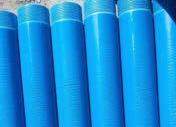

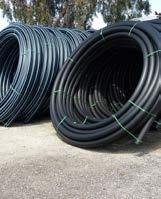



12 ProAgri Zambia 85 Senter360 is online...are you? For the best service contact us at + 27 (0)18 469 1331 0r +27 (0)82 564 5955 or www.senter360.co.za Our Center pivots are known for it’s superior construction quality and strength. Now the same legacy lives in our communication systems! Terms and conditions apply Our standard control system has comprehensive cell/internet communication abilities No monthly/ yearly subscription costs (zero!) Casing Pipes Pipes you can trust! We pride ourselves on the quality and strength of our products. We aim to give our customers nothing but the very best. That is why our pipes require minimum maintenance, have high tensile strength and have unmatched durability. Pipes you can trust! CONTACT US: Phone: + 260 978 002 222 Tel: +260 211 233 105 Email: sales@zampipe.com ADDRESS: #687, Los Angeles Road, Makeni, Lusaka, Zambia uPVC Pressure pipes ISO AND ZABS CERTIFIED COMPANY Sewer pipes HDPE pipes Our products include: • SEWER PIPES • HDPE PIPES • THREADED PIPES FOR BOREHOLE CASING • PRESSURE PIPES FOR IRRIGATION, WATER SUPPLY & CONSTRUCTION White sewer pipes
Irrigation without irritation: Senter360 pivots are ideal for farmers in Africa

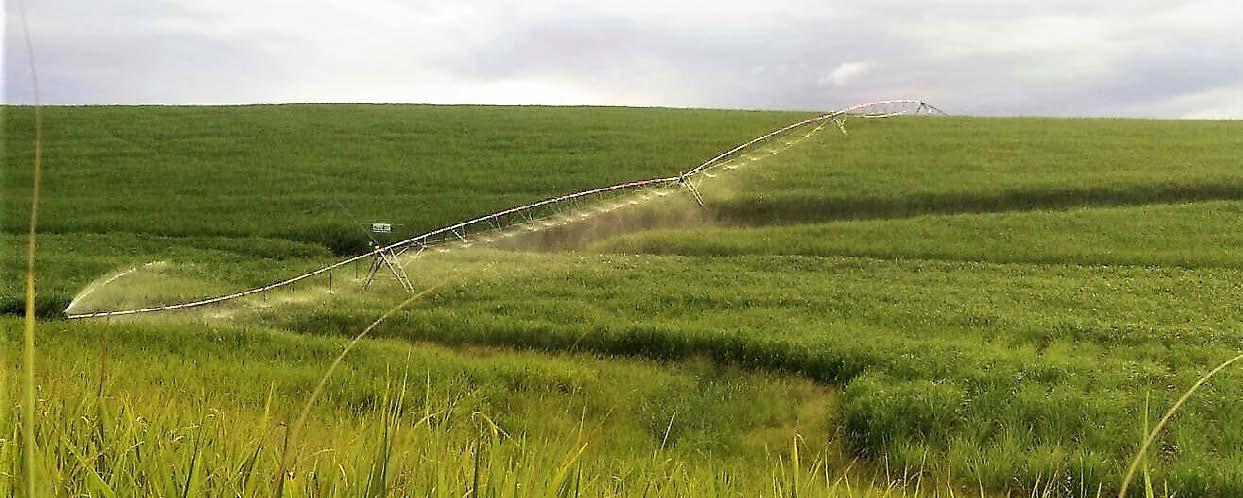 by Benine Ackermann
by Benine Ackermann
Satisfied farmers in more than half of the African continent’s countries depend on Senter360 for quality irrigation solutions.
Senter360’s policy is to not only sell the best possible products, but rather offering a long-term solution to their customers with a mutual win-win attitude.
“Over the years we have built good relationships with our customers in Southern Africa,” says Theuns Dreyer, Managing Director of Senter360. “We are excited about 2023, expecting even more growth. We also have an interesting addition to our product range to be introduced during 2023.”
Senter360 products are designed to be exceptionally strong. “They are designed to survive in tougher than usual conditions in remote areas, keeping them running reliably for longer. It is also interesting to note that pivots sold in Africa are usually larger than those sold in South Africa,” Theuns added.
A Senter360 pivot has a modular design throughout. This means a lower impact on the variety of spares required to build the machine, and therefore also to maintain it.
“The capital outlay for spares in remote areas is therefore smaller, making it easy to have a full range of spares ready in remote areas.”
"We have many dealers and knowledgeable contact people across the continent to support our clients. We also gladly visit farms where and whenever required,” he added.
Senter360 pivots are strong for farmers in Africa
“As mentioned before, our modular design with resulting advantages and outstanding structural falling strength of more than 2,5 times its own weight when filled with water, combined with its exceptional sideway stability withstanding winds above 158 km/h all add to its resistance to possible damage under extreme conditions. This is far more than any international competitor has to offer,” Theuns added.
Their centre pivots are made in South Africa and tailored to their client’s specific needs. “A pipe frame is used instead of the typical angle iron used for international centre pivots. With this method, we can increase the arc strength of our centre pivot while decreasing the wind resistance,” Theuns explains.
Senter360 also has an internet based application for farmers to use. With an internet connection, the centre pivot can therefore be controlled from a distance from the farmer’s phone, and the application can be used to track where the pivot is.
“Our modular design, combined with its exceptional sideway stability all add to its resistance to possible damage under extreme conditions.”
Please do not hesitate to contact Theuns Dreyer directly for more information and local support: Call Senter360 at (+27)82-564-5955, or visit their website at www.senter360.co.za.
May building, Stand Number (4015a)


Lagos road, Rhodespark
P.O. Box 33088, Lusaka, Zambia
096 762 4634
Tel:
Website: www.syngenta.co.zm
The Gallery Office Park
Beat fall armyworm with Syngenta
Understanding the technology that is contributing to Zambia’s food security and the region’s seed basket
Fall armyworm (Spodoptera frugiperda) is an exotic arthropod pest which is highly damaging to maize in subSaharan Africa and Zambia in particular. It attacks maize, which is a staple crop in Zambia and many other African countries. The advent of fall armyworm (FAW) in Sub-Saharan Africa (SSA) has increased the production costs of maize farming. Maize yield losses due to FAW have implications on household and national food security, including seed production. Zambia is a hub for seed production in the region; it exports maize seed to Kenya, Tanzania, Malawi, Zimbabwe, Mozambique, Congo DR, Angola, Botswana, Nigeria, and Ghana.
Fall armyworm invasion
Since the first cases of FAW were reported in Zambia, this pest has been a menace and caused a lot of challenges in maize production. On average, farmers are spraying between five and eight times depending on infestation levels and the season. One seed grower in Zimbabwe mentioned that he sprays up to twelve times to effectively control this devastating pest in his seed mul-
tiplication fields. FAW has changed the way farmers produce their maize, and the pest is here to stay.
Our farming systems have compounded the problems of FAW. Zambia cultivates about one million four hundred thousand hectares of maize every year. Farmers also cultivate maize in the offseason which is sold as green maize. This compounds the problem of FAW as the pest has food to feed on throughout the year. Planting of maize over an extended period enables FAW to survive easier and it literally hops from less suitable food sources (older crops) to nutritionally suitable food sources (younger crops).
Management of FAW
FAW infestation has been observed to commence within the first two days after crop emergence. When the attack occurs within the first week of emergence, crop stand can be seriously affected, because at this stage FAW damage is not different from that of a cutworm. This can necessitate a need for significant gap-filling, leading to un-
by Felix Tembo, Seedcare Business Manager, Syngenta, Southern Africa
even growth of plants in the field. This throws the farmers off-guard as they need to start managing the pest when they are still planting their fields.
Among the various techniques employed in the management of the pest, is the use of crop protection products (CPP). Most of these products are formulated for application as foliar sprays. It is very difficult to spray a crop like maize that has just emerged from the soil but waiting for another few days is not an option as the insects do not rest in their feeding. Management of migratory pests like FAW are better done through a national programme. For maize production, seed treatment technologies provide a better option for upscaling and reaching all farmers.
The game-changing FAW control in the bag
Syngenta Seedcare introduced a seed treatment (ST) technology to manage fall armyworm, called Fortenza® Duo. This was done in 2018 and since then, all the seed that has been supplied through the Farmer Input Support Programme (FiSP) has been treated with this product. This is an innovation that has greatly helped farmers. The product offers control up to four weeks after emergence. This provides a farmer some relief as it cuts off the first one to two foliar sprays that a farmer would have done without this technology.

Additionally, the product controls other pests that are important in maize production. It controls aphids, thrips, and grasshoppers. It also controls white grub, stem borers, wireworms, false wireworm, corn rootworm, beetles, stinkbugs, and grain storage pests.
The product also stimulates root development, which is a foundation for effective plant growth. This allows the plant to explore soil mass for extraction of nutrients and water. In more than twenty trials done in Zambia and Zimbabwe, it has been established that the crop grown from treated seed had an average yield increase of 980 kg per hectare.
When the technology was first introduced in Zambia, many farmers tried to resist the technology as they thought it was adding to their production costs. However, after trying it, many farmers are crying for it as they have realized that it is a must have for maize growing. Farmers now understand the technology, and it has become a partner in maize production.
Syngenta wishes you the best season ever as you reap the rewards of quality products from your Innovation Powerhouse partner!
ProAgri Zambia 85 15


⠀㈀㘀 ⤀ ⠀㈀㈀⤀ ⠀㈀㘀 ⤀ ⠀㈀㔀⤀ 吀攀氀㨀 ㈀㐀㐀㜀㜀Ⰰ 㠀㐀㔀㘀㜀㔀Ⰰ 㤀㘀㔀 㔀Ⰰ 吀攀氀 㨀 ⠀㈀㘀 ⤀ ⠀㈀㈀⤀ ㈀ 㜀㤀㌀⼀㤀㐀 吀攀氀㨀 ⠀㈀㘀 ⤀ ⠀㈀㔀⤀ ㌀㔀㈀㔀㘀㤀 吀攀氀㨀 ㈀㌀ ㌀㈀㈀㤀㤀㈀ 䘀愀砀㨀 ⠀㈀㘀 ⤀ ⠀㈀⤀ 㠀㐀㘀㈀㈀㐀Ⰰ 㠀㐀㘀㈀㈀㔀 䘀愀砀㨀 ⠀㈀㘀 ⤀ ⠀㈀㈀⤀ ㈀ 㜀㤀㔀 䘀愀砀 㨀 ⠀㈀㘀 ⤀ ⠀㈀㔀⤀ ㌀㔀㈀㔀㘀㠀 䌀攀氀氀㨀 㤀㜀㌀ⴀ㌀㤀㐀㔀㐀㜀⼀ 㤀㜀㜀㜀㤀㜀㤀㘀㈀ 䌀攀氀氀㨀 ⠀㈀㘀 ⤀ ⠀㤀㜀㤀⤀ ㌀㐀㌀㌀㌀ Ⰰ ⠀㤀㜀㌀⤀ 㘀㔀㐀㔀㠀 㤀㔀㔀㜀㤀㜀㤀㘀㈀ 䔀 䴀愀椀氀㨀 猀愀爀漀䀀猀愀爀漀愀最爀椀⸀挀漀⸀稀洀 䔀 洀愀椀氀㨀 椀渀昀漀ⴀ欀椀琀眀攀䀀猀愀爀漀愀最爀椀⸀挀漀⸀稀洀 䔀 洀愀椀氀㨀 猀愀爀漀洀欀甀猀栀椀䀀稀愀洀琀攀氀⸀挀漀⸀稀洀 䴀㤀㔀㐀 㐀圀䐀
Stress in broilers may dimi nish profits
Article supplied
During the growing period, stressed birds do not gain weight and have reduced feed efficiency (ability to convert feed into meat).
One of the keys to raising healthy broilers is the creation of an effective stress management programme. While stress is unhealthy for all living beings, chickens and other poultry are especially susceptible to acquiring negative symptoms that can be harmful to their health.
Stress identification in broiler chickens
It is important to identify symptoms of broiler stress in the earliest stages possible to prevent severe health problems from occurring. It is just as important to ensure broiler’s physiological health as it is to ensure the humane treatment of your birds.
Some common symptoms of broiler stress:
Making sure birds have access to clean water and a healthy supply of quality feed will go a long way towards minimising the risk of creating a stressful environment.
It is important to identify common areas where stress occurs. One should begin with an examination of living conditions. Do your broilers have access to good management practices?

5 areas in which broiler stress can occur:
• Physiological
• Nutritional
• Nervous
• Mental
• Climatic/environment
Poor management of birds will definitely cause stress, in addition to changes in the weather and seasonal patterns. It is essential to establish a positive routine for your birds that benefits their health and removes elements that might cause stress.
Negative effects of broiler stress
Once the area where the broilers might experience stress is identified, it is time to identify the potential effects of stress.
The term "stress" is commonly used to describe the detrimental effects of a variety of situations on the health and performance of broilers. It is also defined as a set of responses to external conditions, which enable broilers to adapt to new or abnormal situations. This adaptation process causes the release of hormones and requires the redistribution of body reserves, including energy and protein, at the cost of decreased growth. After extended or repeated periods of stress, birds become weak; they often succumb to starvation and infectious diseases.
Stress is an important cause of reduced performance, and increases susceptibility to diseases. Stress in broilers manifests in three forms: physical, emotional and psychological. Birds have limited body resources for growth, reproduction, response to environmental changes, and defence mechanisms. Reducing stress is an important goal in broiler production. Broilers under poor production systems are frequently exposed to stress factors, reducing their ability to perform effectively to their potential. It is, therefore, important to have an effective management programme to minimise the effect of stress on the birds’ performance and health.
Transportation and handling
Transporting and handling of the birds pose a mixed factor of mental and physical stresses. Birds experiencing stress undergo a variety of internal metabolic and hormonal responses.
• Weight loss
• Low feed consumption
• Lowered survival rates
• Immune suppression and increased susceptibility to diseases
Methods for minimising poultry stress

Solutions for addressing poultry stress include:
• Good litter management
• Good biosecurity to minimise disease and infections
• Good ventilation – reduce heat stress or cold weather
• Above all, good management practices
Common signs of poultry stress in broilers:

• Increased mortality
• Decreased appetite
• Poor feed conversion
• Increased production costs
• Easily contracted diseases
One of the most significant causes of stress in broilers is heat stress. Broilers do not have sweat glands and are thus unable to regulate their own body temperature. A very common sign of heat stress is rapid panting, which indicates the bird is in distress.
Perfect your broiler production business with Tiger Animal Feeds.
For more information, contact Given Hamanungu, Senior Technical Advisor at Tiger Animal Feeds on (+260)967-933-658 or (+260)975-403-834
ProAgri Zambia 85 17
Global meat consumption is increasing steadily with the concurrent rise in human population. Among meat products, pork has been maintaining its position in the top two of meats consumed.
According to a report by The Organisation for Economic Co-operation and Development in 2022, pork was the second most consumed type of meat after poultry. Global pig meat consumption is projected to increase to 129 metric tonnes over the next ten years and will account for a third of the
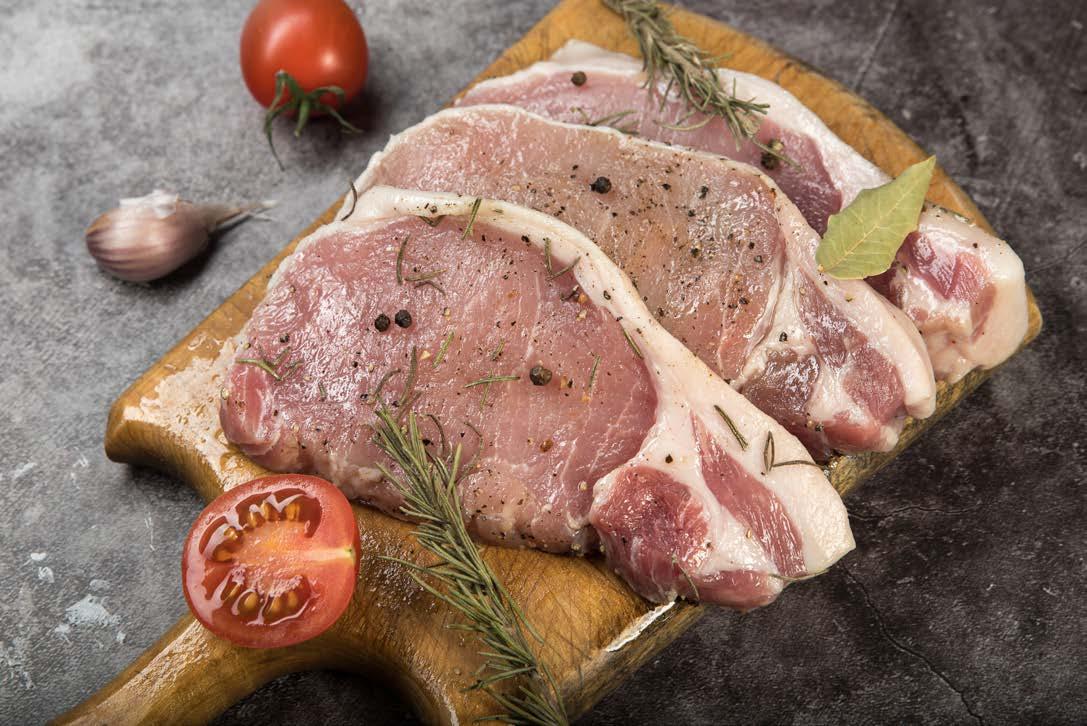
total increase in meat consumption.
The top consumer of pork in 2021 was China, taking into account its special economic regions Hong Kong, Macau, and Mainland China, whose consumptions were about 61, 52, and 37 kg/ inhabitant per year respectively. In second place, we have Belarus, then the European Union, South Korea, and Vietnam in the third, fourth, and fifth place.
Most of the pork for consumption comes from five main parts of a pig: the shoulder butt; the picnic shoulder; the loin; rib belly and the ham (leg).

The shoulder butt consists of cuts from the upper portion of the well-
the products your pigs can produce
exercised front legs of the pig and tend to be tough, with a fair amount of fat. The picnic shoulder, the economical arm, or arm shoulder, has characteristics similar to the shoulder butt. Shoulder hocks also come from this part of the pig.
The loin, the area between the shoulder and the leg, is divided into some of the most popular cuts, including pork chops, tenderloin, roasts, and ribs. This area is lean. The rib belly, the side, or “belly,” of the pig is the fattiest part and is home to spareribs and bacon. Lastly the ham, also referred to as the leg, can be cured, prepared as a
18 ProAgri Zambia 85
Pig farming part 6:
Understand
Different cuts of a pork carcass. (Image source: clipartmax.com)
(Image source: pexels.com by Evgeniy Alekseyev)
roast, bone-in or spiral sliced.
Common pork products include bacon, ham, lard, pork fu/pork sung, pork rinds (chicharrones), salt pork, salo, guanciale, hog jowl, pancetta, and salami.
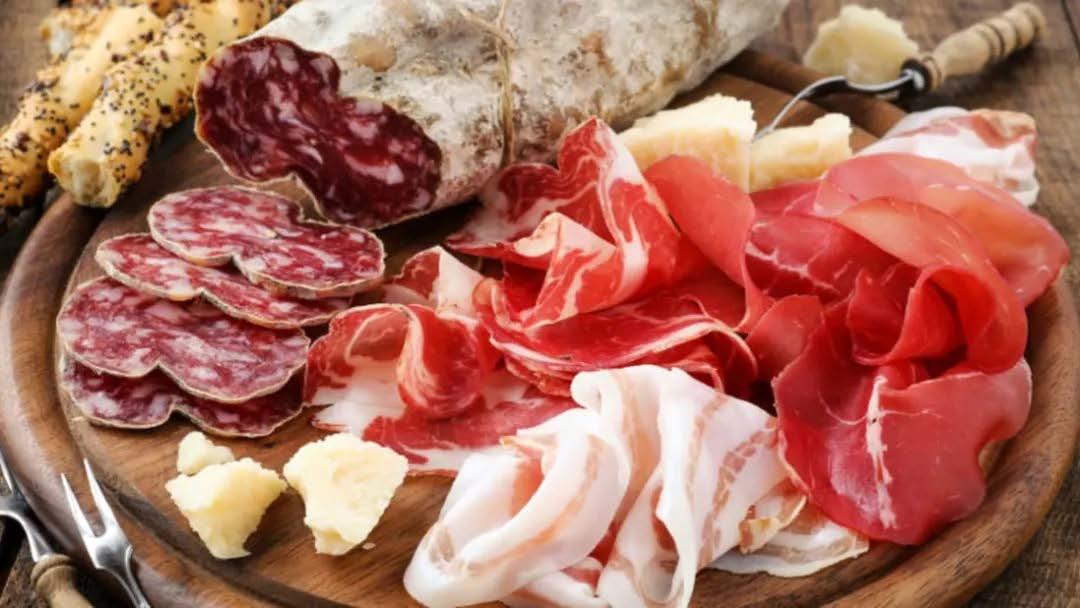
Bacon is basically cured, smoked, and sliced pork belly.
A cut of pork from a pig’s hind leg is known as ham. Varieties of ham include cured ham, fresh ham, country ham, Black Forest ham, and hickory-smoked ham. A bone-in, whole ham is a full cut from the hind leg of the pig. Ham is preserved either through brining (also known as wet curing) or traditional dry curing with seasonings like salt.
Lard is a semi-solid white fat product obtained by a process called rendering, whereby the fatty parts of the pig (such as the belly, butt, and shoulder) are cooked slowly until the fat is melted and the fat is then separated from the meat.
Pork fu is pork shoulder cooked with other ingredients and spices, such as soya sauce, sugar, or fish sauce. After that, it is shredded to a fine texture known as pork fu which is then dried in the oven or in a hot pan or wok so that it can last longer. Pork sung, also called rousong, is prepared in the same way. The main difference between the two is that pork fu is slightly more airy and pork sung is more dense and intense in flavour.
Pork rinds (chicharrones) are prepared frying pork belly or fried pork rinds. Salt pork is salt cured pork belly,
the same as bacon but not smoked, and with the skin on.
Salted cured pork fat back is known as salo. It may be brine cured or dry salt cured, and it usually has a layer of skin, and sometimes a thin layer of meat on the other side. It is sometimes cured with salt and paprika or smoked.
Guanciale is pork jowl (cheeks) rubbed with salt, sugar, and spices to give it a non-smoked cure. Pancetta is pork belly rolled up into a cylinder and given a salt cure, but it is not smoked.
Cured sausage consisting of fermented and air-dried pork is referred to as salami. The meat is ground and kneaded to achieve the desired texture, and then various spices are added according to specific recipes.
Pig parts consumed differ from culture to culture, as do their processing. The final product options coupled with globalisation promote the uptake of “new” products by people from anywhere across the globe providing an exciting journey their palates have never experienced.
As agribusinesses adapt, research and implementation of new processing techniques for pork add value to the product range of top pig producing companies such as the WH Group from China; CP Group from Thailand; Triumph Foods from the USA; BRF from Brazil, and NongHyup Agribusiness from South Korea. Consumers will have choices never before fathomed.

ProAgri Zambia 85 19
Cold pork meats. (Image source: mentalfloss.com)
Pig carcasses hanging in cold room storage. (Image source: nationalhogfarmer.com)
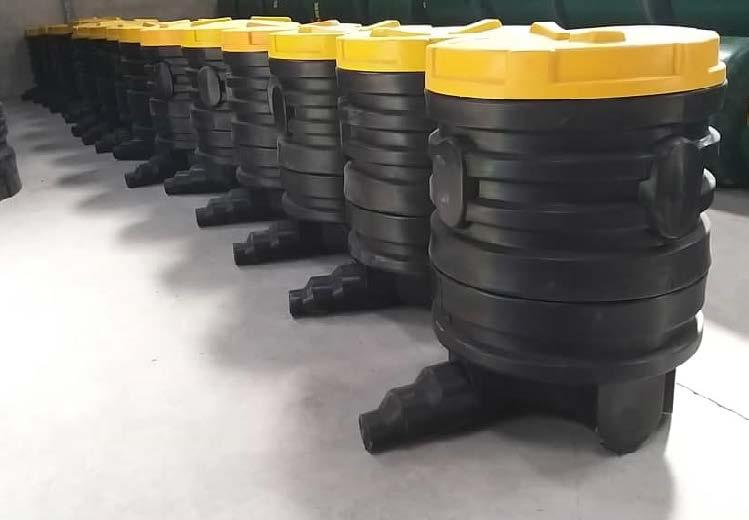





ProAgri Zambia 85 Extensive range of water storage tanks . Available in various colours. sales@rototankzambia.co.zm 0960 567 058 / 0971 926 953 Each tank is: • Built to withstand the demands of daily use and endure the elements. • Strong, reliable, durable and safe. • Manufactured from food-grade materials. • UV-resistant & non-toxic plastic Avoid low-quality tanks that let you down. Buy Roto Tanks for quality and longevity. ROTO AQUATANK www.facebook.com/RototankZambia • Easy to install • Fits all pipe sizes • Height adjustable • No rust • Durable • Easy access to pipe intersections and valves Plastic manholes and covers for sewerage and communication
Beekeepingpart 7 :
by Tisha Steyn
Varroa destructor mite is the most serious parasite of honeybees.
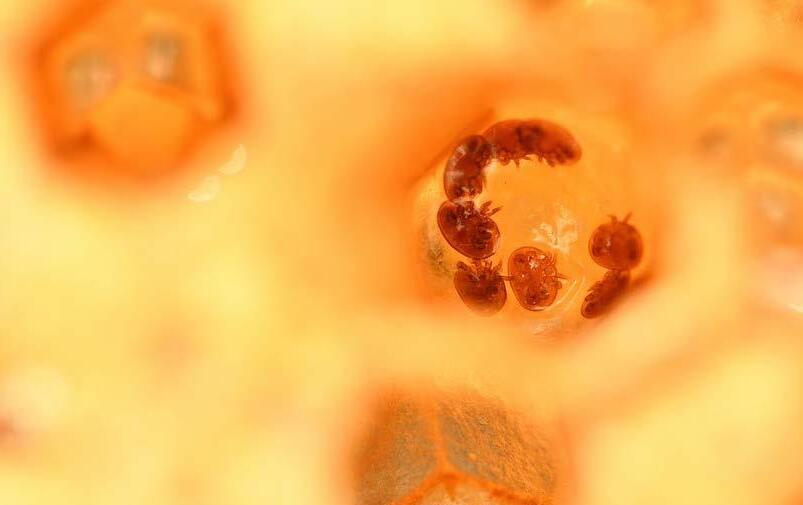
Pests and diseases
larvae multiply in the bee’s intestines, robbing the bee of its nutrition, and the bee dies of starvation even before the cells are capped. The remains of dead larvae cause more infection.

Bees are subject to pests and diseases, and beekeepers should be on the lookout for symptoms. In many countries beekeepers are required to register with the relevante authorities and in South Africa, all beekeepers are required to register with the Department of Agriculture and report any diseases to prevent spreading to other colonies. Since it is difficult to enforce this law, especially among numerous unregistered beekeepers, diseases can spread and cause havoc in the bee industry.
Being knowledgeable about honeybee pests and diseases is important for keeping healthy swarms and good quality bee products. Early detection and suitable action will ensure sustainable hives.
American foulbrood
American foulbrood (AFB) is highly contagious and is caused by a bacterial
patterns with dark, sticky, and sunken cappings. It also has a ropiness when a stick or match is inserted in the cell and drawn out. The dead larvae smell foul.
There is no alternative but to burn the hives to get rid of the infection. This is a reportable disease, and the Department of Agriculture should immediately be informed if an infection is suspected.
Specific regulations exist for the removal and destruction of colonies infected with a notifiable disease. Refer to the Government Gazette under References.
European foulbrood
European foulbrood (EFB) is a common bee disease in South Africa. Although it is found throughout the country, it is more prevalent in humid areas, like KwaZulu-Natal, especially when the hive is under stress.
It is caused by the bacterium Melissococcus pluton, which is ingested by young larvae of about four to five days old through the food they are fed. The
Look out for dead or dying larvae that are curled upwards, yellow or brown in colour, seemingly melted to the sides of the cells, or dried out and rubbery.
As soon as any stress is relieved and more worker bees and food forage become available, the infection and the symptoms may disappear, and the larvae can survive. A weak hive can be combined with a healthy, uncontaminated swarm with a laying queen to boost its chances of recovery.
Chalkbrood
The occurrence of chalkbrood, caused by the fungus Ascosphaera apis, has dramatically increased since the discovery of the parasitic varroa mite.
The fungus causes chalkbrood, which only attacks larvae. Ingested spores germinate and mycelia grow through the body, penetrating the epidermis and quickly covering the pre-pupa, which dies because of physical damage and because the fungus extracts nutrients.
The pre-pupa dries out to form a
ProAgri Zambia 85 21
Varroa mites inside a cell rob the larva of nutrition.
chalky lump, or mummy, which fits loosely in the cells and can be removed by the bees. They cast the ‘popped rice’ mummies out, which alerts the beekeeper of the disease.
Nosema
Nosema is caused by Nosema apis, which affects adult bees’ nutrient absorption and gut. This leads to less brood food being produced and can lead to 15% fewer larvae production. Symptoms of heavily infected colonies include clumsy and lethargic bees with swollen abdomens and brown diarrhoea. Although it occurs countrywide, it has not been linked to colony deaths.
Varroa destructor
The tiny red-brown, external Varroa destructor mite is the most serious parasite of honeybees, as it causes malformation and weakening of honeybees. As a result, adult bees are crippled and start crawling; they can not fly properly.

The disease has spread from its natural host, the Eastern honeybee (Apis cerana) to the Western honeybee (Apis mellifera).
Varroa mites attack adult honeybees and larvae, especially drone larvae.
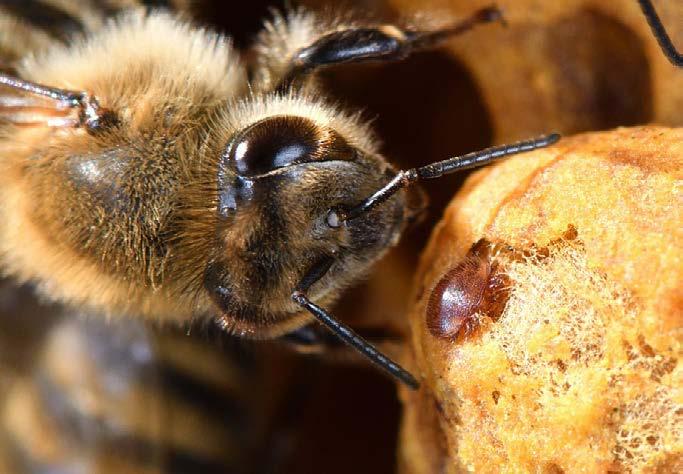
Colonies infested with a lot of them also have problems with other bee diseases and pests, including small hive beetles, chalkbrood and Braula coeca (wingless fly).
These mites cause poor brood patterns and scattered brood, with sunken and chewed cappings and with the larvae collapsed in the bottom or against the side of the cell.
Tracheal mites
Acarine disease in bees is caused by the tiny tracheal mite, Acarapis woodi, which pierces the bee’s windpipe or trachea and feeds on the bee’s ‘blood’. These mites occur throughout South Africa. There are no reliable symptoms of infestation as they can only be detected under a microscope and are like that of Nosema. They may cause disjointed wings, so bees cannot fly but crawl on the ground near the hive.
Wax moth
T he larvae of the wax moth (Galleria mellonella) leave a mass of silk trails and can destroy the entire comb, but strong colonies may be able to control the moth population. Infestation by wax moths is less likely to occur in hives at higher altitudes where it is colder. The wax moth is problematic when storing empty boxes without bees.
Sacbrood
Sacbrood virus (SBV) is a well-known viral bee disease with recognisable symptoms.
The larva’s outer layer fills with a clear liquid, while the underdeveloped head darkens. Sacbrood can also be recognised by an uneven brood pattern with sunken, discoloured, and perforated cappings with jagged edges.
Bee paralysis
Paralysis of adult honeybees, which results in the inability to fly and uncoordinated trembling of the body, is commonly caused by viruses. These include the chronic bee paralysis virus (CBPV), acute bee paralysis virus (ABPV) and the Kashmir bee virus (KBV), which is like ABPV.
The symptoms of paralysis are the same as with Nosema and pesticide poisoning. Affected bees are usually found on top of the frames but in severe cases, the crawling bees are seen on the hive floor and in front of the hive, and death follows within a few days.
Others
Other pests that are more of a nuisance than an economic threat to your hives include the small- and large hive beetle, banded- and yellow bee pirates, wasps, the deaths head moth and lesser- and greater wax moth, parasitic flies and nectar flies, and other parasitic mites.
Rodents, toads, geckos and lizards, termites, ants, bee scorpions, the braula bee louse, birds, baboons, and honey badgers can all take their toll. And those are in addition to starvation, overheating and chilling of the bees!
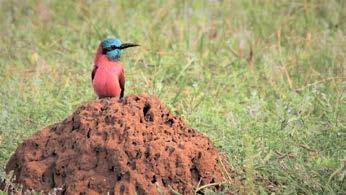
This is a summary of the most important diseases and pests, but it is by no means complete and it is a good idea to read more on the subject. The resources mentioned at the end of the article are a good starting point.
It is also advisable to join your local beekeeping association and learn from experienced beekeepers. You can also join a Facebook group where fellow beekeepers share their experiences and information.

22 ProAgri Zambia 85
Varroa mites cause malformation and weakening of honeybees.
Small- and large hive beetles may enter the hive.
Carmine bee-eaters are among a number of birds that feed on bees.
Contact Mike Allsopp at allsoppm@arc.agric.za
References
Allsopp, M. (2014) Pests and diseases. Agricultural Research Council https://www.arc.agric.za/arc-ppri/Pages/Insect%20Ecology/Honeybee-Pests-and-Diseases.aspx
Anderson, R.H., Buys, B., Johansmeier, M.F. (2014) Byeboerdery in Suid-Afrika. Departement van Landboutegniese Dienste. Bulletin no. 394, 1978
Control measures relating to honeybees. (2013). Agricultural Pests Act 1983 (No 36 of 1983). Government Gazette, No R 858 15 November 2013

Agricultural Pests Act 36 of 1983 | South African Government
Louw, M. (2022) Pests and Diseases of Bees: Beekeeping in South Africa. https://southafrica.co.za/pests-and-diseases-of-bees. html
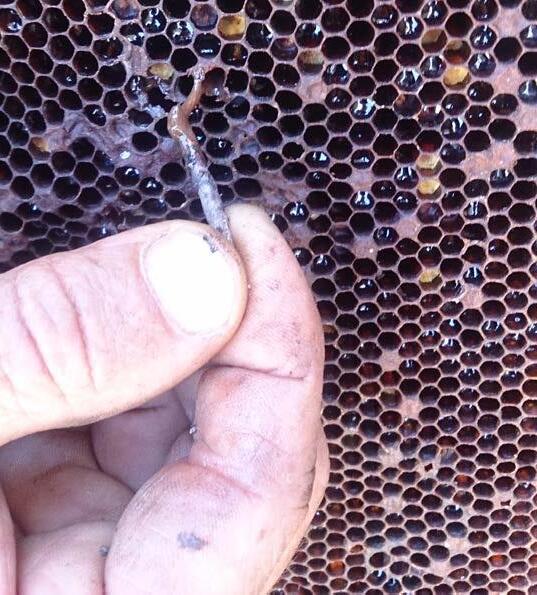
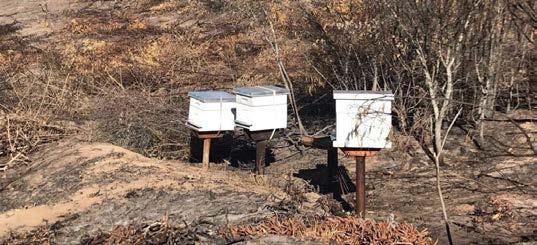
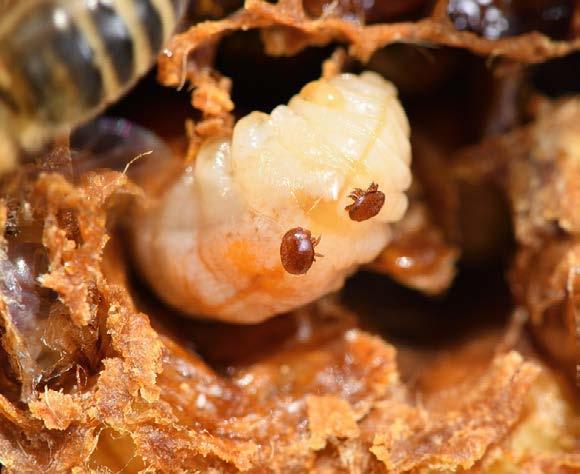
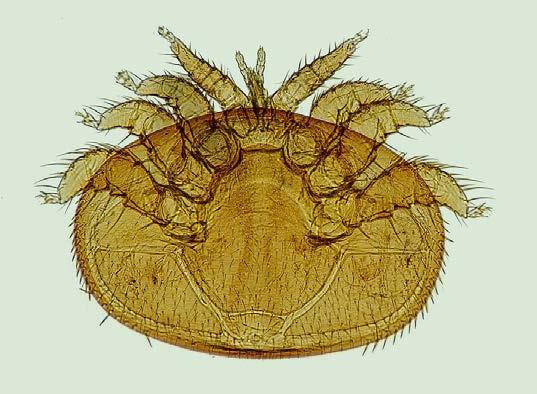
ProAgri Zambia 85 23
Varroa mites feeding on a larva.
Varroa mites inside the cells.
Close-up of a varroa mite.
These hives on stands may defy badgers, but not a wildfire.
A hive infected with AFB shows the sticky, black nature and ropiness of the dead larvae.
Distributors of Dekalb maize seed
Distributors of Dekalb maize seed



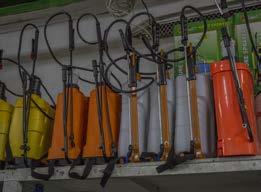
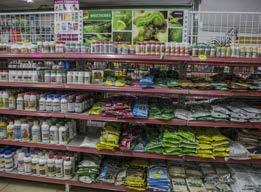
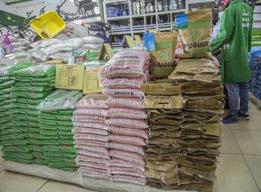
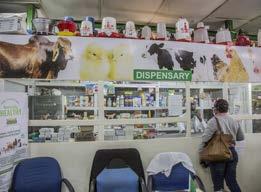

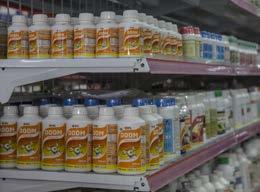
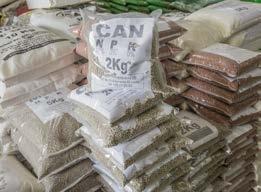
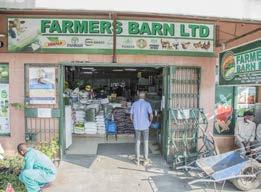
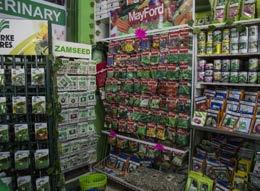
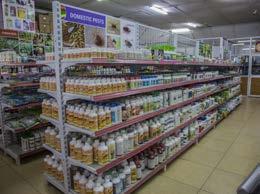




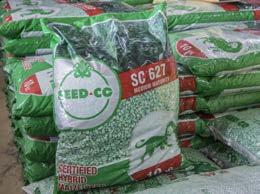
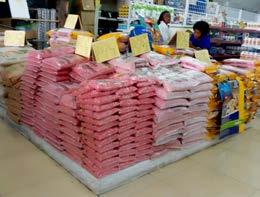



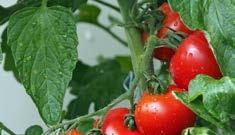

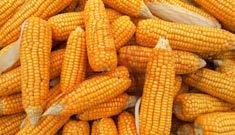
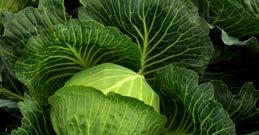
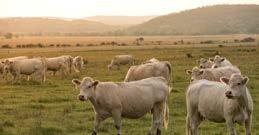
ProAgri Zambia 85 Farmers Barn Ltd. Address Mumba Road branch Tel: +260 211 225 352 Cell: +260 977 518 635 Plot 51, Chiparamba Road, +260 953 077 011 Mumba Road, next to All types of hybrid maize seed | Agricultural chemicals | Horticulture chemicals | Veterinary products Agricultural tools | Hand tools | Protective equipment | Fumigation | All types of seed
DKC 80-33 Tamanga Early maturing DKC 90-89 Ngao - Ngao Medium maturing DKC 80-53 -DK777 Shoma Medium maturing Farmers Barn Ltd. Address Mumba Road branch Tel: +260 211 225 352 Cell: +260 977 518 635 Farmersbarn_ltd@hotmail.com Plot 51, Chiparamba Road, Lusaka, Zambia +260 953 077 011 Mumba Road, next to Uniturtle, Lusaka All types of hybrid maize seed | Agricultural chemicals | Horticulture chemicals | Veterinary products Agricultural tools | Hand tools | Protective equipment | Fumigation | All types of seed
DKC 80-33 Tamanga Early maturing DKC 90-89 Ngao - Ngao Medium maturing -DK777 Shoma





ProAgri Zambia 85 25 www.drotsky.co.za Alomia or Fouzia: 011-864-1601 E-mail: alomia@drotsky.co.za / fouzia@drotsky.co.za Francesco: 083-267-3286 or e-mail francesco@drotsky.co.za DROTSKY...WE ARE HAMMER MILLS
•
•
LESS FUEL BIGGER OUTPUT A unique hammer mill design with 300% more output per kilowatt than its closest competitor!
• Huge airflow from multiple powerful blowers outside the screen, pull milled material through the screen at a high rate.
A full 360 ° screen dramatically increases output.
Serrated grass shredder knifes increase feedrate.
A persistent problem in Zambia: Salmonellosis in laying hens
by Dr Oscar Blanco (DVM, PhD), Phibro Animal Health Corporation, Central and Eastern Africa Region
Salmonella is an enterobacterium, which means it can primarily infect the gastrointestinal tract, although in some cases it can distribute from the intestines to other organs. Each bacterium is in a capsule, which protects it from the immune system of the host. Some of them also have flagella, which are whip-like structures that assist the bacterium movement. Both the capsule and flagella can stimulate the immune system of the host to produce an immune response against salmonella. The differences in the structure of capsule and flagella can be used to classify salmonella into different groups or serovars, which is very useful for vets and physicians to diagnose the disease and choose the correct vaccines.
Some salmonellas are host adapted, which means that they can produce disease only in a given animal species. The adaptation comes with the ability of the salmonella to spread to different organs and produce severe disease. This is the case with Salmonella gallinarum (SG) and Salmonella pullorum (SP), which affect only chickens and are unable to infect humans. At the same time, there are salmonellas that are adapted to humans, such as Salmonella typhi, which produce severe systemic infections in people, but do not affect other mammals or birds.
There are also salmonella serovars which are partially adapted or nonadapted to a given host. This means that they can infect different host species, including humans. They will be the topic of our next article. For now, we shall focus on the serovars of salmonella adapted to chickens, that is SG and SP.
Are SG and SP found in Zambia and other countries of the region?
As mentioned above, Salmonella gallinarum (SG) and Salmonella pullorum (SP) produce infections only in chickens. Infections with SG produce fowl typhoid, whilst SP results on pullorum disease. The severity of lesions and signs depend on factors such as the age of the birds affected, their breed, immune status, et cetera. SG can affect both young and adult birds, whilst SP causes infections mostly in younger flocks.
In countries with a well-developed
poultry industry, fowl typhoid and pullorum disease have been under control for decades and they have not been reported lately. In Zambia and other countries of the Southern, Central and Eastern African regions, such diseases are still a problem affecting mainly layer operations. It is difficult to estimate their actual prevalence, since sometimes they go undiagnosed, and other times clinical diagnosis is not confirmed with laboratory tests.
What do we see when young pullets get infected?
SG and SP can be transmitted vertically through the egg, from infected hens to the chicks. The disease can initially manifest around hatching time or immediately after. Chicks are depressed, with no appetite, sleepy, and with adherence of chalky faeces on the feathers around the cloaca. Mortality sets in soon.
Sometimes, pullorum disease appears between the second and third weeks of age. In such cases, there is also horizontal transmission between
birds of the same age. Chickens huddle close to the heat sources and have droopy wings. The flock shows difficulty to thrive. When the lungs are affected, chickens show respiratory distress (gasping). Birds that recover from the infection will never prosper, they will show poor feathering, and they may become carriers of the disease. Birds can also become blind. Sometimes, pullets develop chronic infection of the joints, especially hocks, which shows as lameness and swelling of the affected areas.
Mortality is variable, and it depends on factors such as age, breed, management, concurrent diseases, et cetera. It can be very low or reach almost 100% of the flock.
At early age, post-mortem lesions consist of congestion of the liver, spleen, and kidneys. The yolk sac contents may or may not be affected, and sometimes retention of the yolk sac occurs. In later infections, it is possible to observe nodules in the liver, lungs, and heart. Peritonitis can also be detected.

26 ProAgri Zambia 85
Figure 1A: Enlarged liver (hepatomegaly) in 15 weeks-old commercial pullet. Notice the typical discolouration and pinpoint necrotic foci. Flock tested positive to Salmonella gallinarum (Uganda, 2022; Dr M Banga). B: Enlarged, fragile liver (L) with areas of severe necrosis (yellow arrow) in an adult hen. Enlarged spleen (S), also presenting necrotic (white) foci (Zambia, 2022; Dr A Singole).
What do we see when developing pullets and laying hens are infected?

In developing pullets and adult birds, fowl typhoid (SG) is the biggest challenge, as infections with SP become less common as the birds mature.
When the birds have already suffered the disease in early stages of their lives, it is difficult to determine which ones are carriers, since normally no signs are observed. In the onset of infection, there is a decrease in feed intake, depression, ruffled feathers, and pale combs. Diarrhoea can be seen. There may be a reduction in egg production. Mortality is variable, and some chronic cases show moderate daily mortality that can continue for a prolonged period.
Liver lesions are typical post-mortem findings. The liver is enlarged, fragile, of a brown/bronze colour, with areas of necrosis (Figure 1A). The spleen is generally enlarged (Figure 1B).
In mature layers that are carriers, there may be regressed ovarian follicles with abnormal colour and thickened walls. Internal ovulations can be observed, with subsequent peritonitis. In some cases, yolks get impacted in the oviduct, forming large masses of hardened material.
There may also be inflammation of the membranes covering the heart and the liver.
How do I treat birds infected with salmonella?
Although birds recover when the right antibiotic at the right dose is administered, one should be aware that the flock will never be salmonella free. In fact, the infection sometimes returns shortly after finishing the antibiotic treatment. This is because salmonella has the ability of colonising cells of the immune system in which they remain
dormant; when this occurs, the birds become carriers. Once the carriers face a stressing situation (for example another disease, overcrowding, et cetera), the infection reactivates, and the carriers shed salmonella to the environment once again. The carrier birds may or may not develop symptoms, but new cases of the disease begin to appear due to horizontal transmission.
How do we prevent salmonella infections?
Prevention is key for the control of the disease since, once the bacteria enter the flock, it is impossible to eradicate it unless the farm is depopulated and left to rest. Prevention is based on reducing the amount of salmonella in the environment by applying appropriate biosecurity measures, good hygiene, and good management practices. For example, chemical rodent and insect control has a large impact in reducing the chances of infection, since rats and mites are involved in the transmission of the disease.
Vaccines play an important role in preventing infections, however we cannot expect good protection if their application is not supported by proper biosecurity and management measures. Phibro has an integral control programme against SG, SP and other salmonella serovars, based on the administration of the live vaccine Phivax SLE (applied early in life), followed by the inoculation of an inactivated vaccine (Salmin Plus) later in rearing (Table 1).

We shall discuss prevention in depth in the next article of this series.
As usual, please consult your veterinarian about salmonella infections and protection before making any changes at your farm.
ProAgri Zambia 85 27

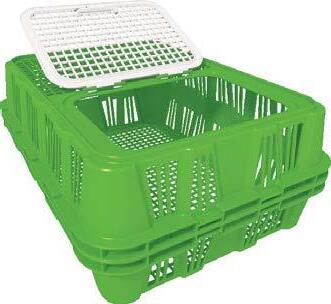






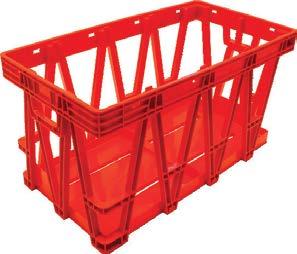


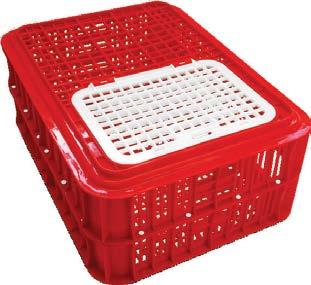



28 ProAgri Zambia 85
Processing of condiments Part 26: PEAR RELISH
Arelish is a sweet-n-sour condiment containing preserved fruit/vegetable pieces and spices. It is served with curries, hot and cold meats, and savouries.
Pear relish is usually prepared from firm mature or green pears.
A basic formulation is as follows: 100 parts vinegar; 250 parts chopped pears; 42 parts chopped onion; 2 to 30 parts chopped chilli peppers; 50 parts chopped green peppers; 50 parts sugar; 4 parts dry mustard; 2 parts allspice; 1 part cinnamon; 1 part cloves; 1 part turmeric; 1 part salt.
1. Harvesting
Pears are one of the few fruits that are harvested in the mature green stage for processing. Harvesting is primarily done manually. Since pears do not have a definite maturation pattern, each tree may require to be visited several times during the harvesting period. Maturation can be hastened and the time of harvesting shortened by spraying the trees with chemicals.
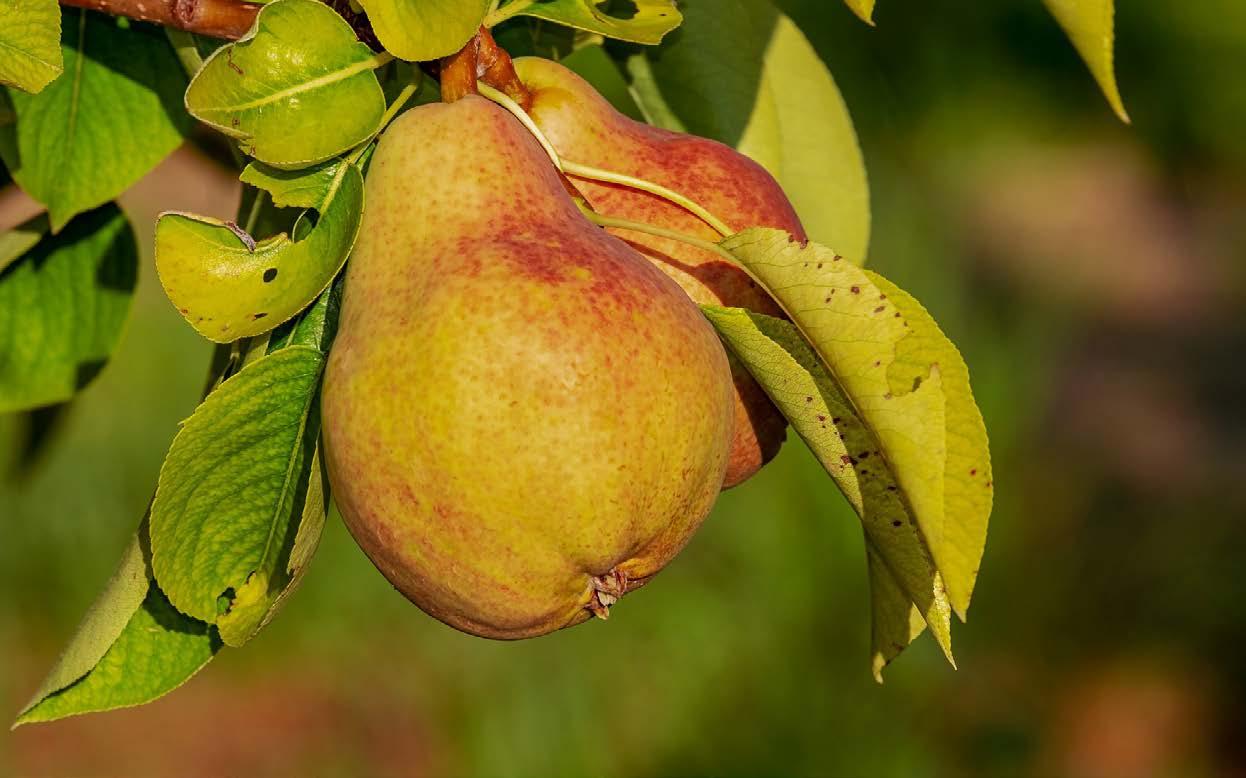
2. Separation and sorting
This is done to select the best suitable raw materials for manufacturing the value-added end product. The pears
are sorted by hand to remove overmature and damaged fruits. Unwanted materials such as trash, plant rests, sticks, et cetera, are also separated.
3. Washing of pears prior to processing
Washing is necessary to remove dust, contaminants and residual chemicals adhering to the fruit. The pears are washed with potable water that is sprayed over the fruit while being transported on a conveyor belt. The water may be chlorinated (1 to 2 ppm). Soft rotating brushes usually accompany the water sprays to provide more effective cleaning without damaging the fruit.
4. Inspection and grading of pears
The pears are inspected to ensure that only sound fruit are processed. Size grading is performed with diverging rope or belt sorters to create uniform batches for mechanical peeling and coring machines.
5. Coring and peeling of pears
Pears can be automatically cored and peeled in one operation. The pears
are aligned and orientated to ensure the correct position for the device that performs coring and peeling by the spinning action of special knives and rotating tables. The peeled and cored pears are usually halved or cut into smaller pieces by rotating blades prior to further processing.
6. Trimming and cutting the pears for relish
The pear pieces are inspected for any minor defects that may be trimmed away. The pear halves are usually reduced in size and cut in smaller pieces of more or less the same size.
7. Boiling of ingredients
All the ingredients are combined in a large saucepan or batch cooker and allowed to boil for 12 to 18 minutes until the pears are tender (not soft).
8. Packaging
Packaging is defined as the containment of a food product in a protective barrier that prepares goods for transport, distribution, storage, retailing, and end-use. The relish is filled into suitable containers at a temperature of 85 to 95 °C.
ProAgri Zambia 85 29


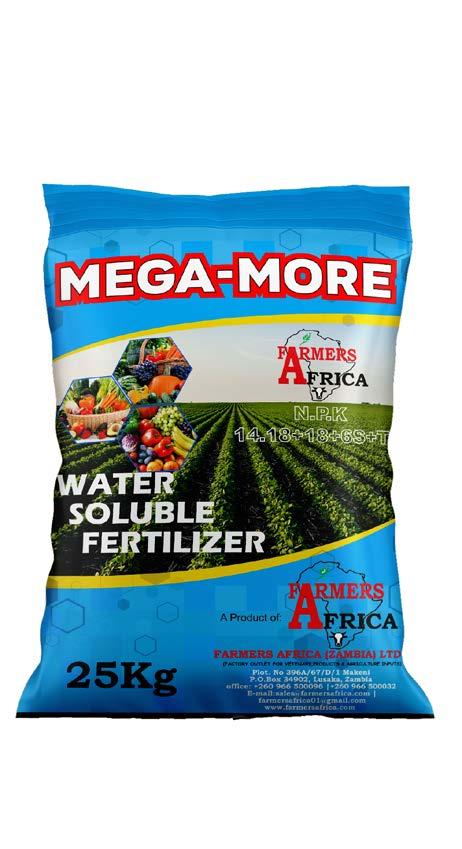
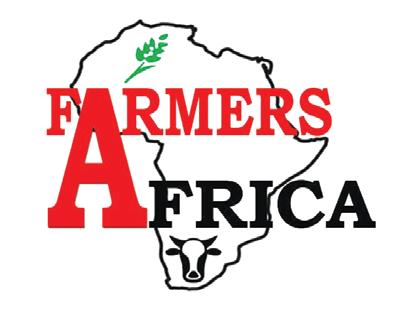
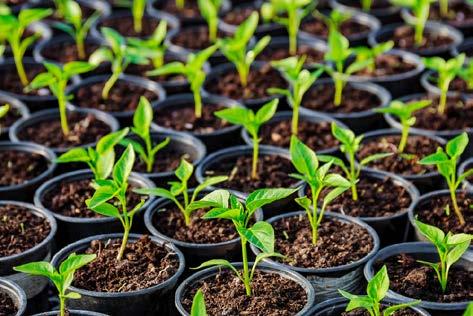

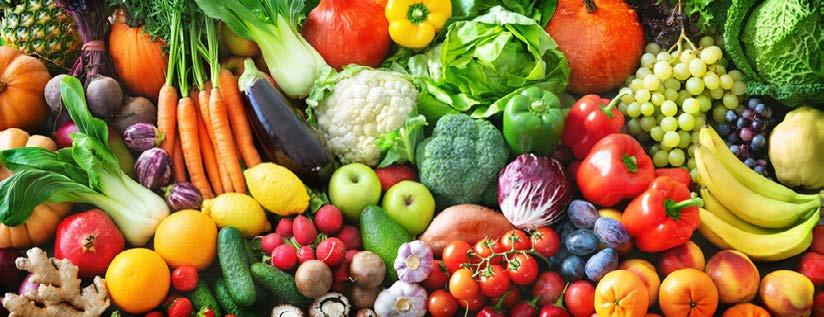
ProAgri Zambia 85 (FACTORY OUTLET FOR VETENARY PRODUCTS & AGRICULTURE INPUTS) Plot. No 396A/67/D/1 Makeni P.O.Box 34902, Lusaka, Zambia Contact: +260 978 463921 Office: +260 966 500096 | +260 966 500032 farmersafrica04@gmail.com farmersafrica01@gmail.com www.farmersafrica.com FARMERS AFRICA (ZAMBIA) LTD More powerful fertiliser with added advantage of Sulphur for all types of crops and for different applications !! MEGA-MORE N.P.K 14.18+18+6S+TE WATER SOLUBLE FERTILIZER
This requires the boiling relish to be slightly cooled in horizontal mixers fitted with water jackets prior to filling. Suitable containers are commonly glass jars with lacquered metal screw-on tops. Glass jars used for the preservation of food should be of high quality, without any cracks or chips, and should form tight seals. The bottles require proper cleaning and heating prior to filling to avoid cracking (thermal shock) due to the high temperature of the relish.
Rotary fillers or multiple-piston displacement machines capable of filling between 100 and 600 jars per minute are used in large-scale operations. The jars are sealed immediately after filling
using a steam-flow machine to ensure air exhaustion and the formation of a vacuum in the cooled, sealed product.
9. Cooling
Cooling involves extracting heat from the product to decrease its temperature using an appropriate device such as a heat exchanger and a medium, for example water, air or refrigerant. The filled and sealed containers of hot relish are allowed to cool naturally for 10 to 15 minutes, ensuring pasteurisation of all interior surfaces. Further cooling to below 40 °C may be accelerated by water-cooling. This in turn requires drying prior to labelling.
Process description
Pear relish. (Image Source: creativecountrylife.com)

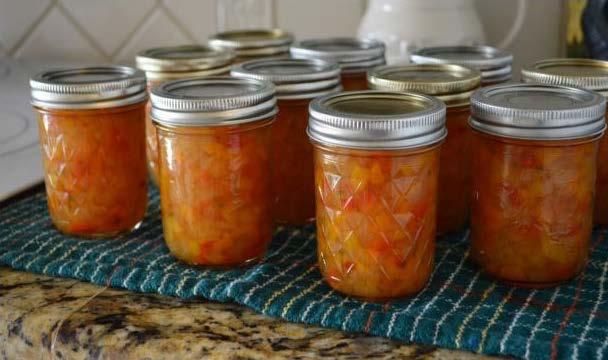
Pears

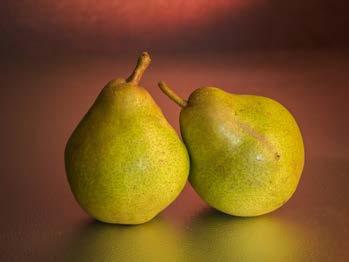
Harvesting

Separation & Sorting
Washing
Inspection & Grading
Coring & Peeling
Trimming & Cutting
Boiling
Remaining
Packaging
Cooling
Labelling
Pear Relish
ProAgri Zambia 85 31
Published with acknowledgement to the ARC Agricultural Engineering for the use of their manuals. Visit www. arc.agric.za for more information
Pear harvesting. (Image Source: munchiemusings.net)
Source: Pixabay
Source: Pixabay
Source: Pixabay
Sheep breeds part 3: Native sheep breeds of Southern Africa
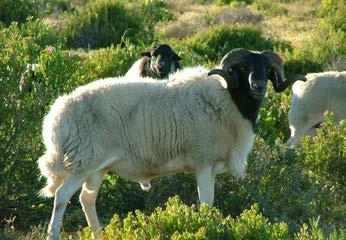 by Natasha Kruger
by Natasha Kruger
Southern African native sheep breeds thrive in extreme environments. They are lean and muscular, with thick rump and tail fat. In times of scarce grazing, body fat is stored here for use as fuel. They are raised primarily for their meat.
Although the Damara is the most popular commercial sheep in South Africa, the BaPedi is also used by farmers to raise sheep for commercial meat production. The native sheep breeds do well in veld grazing systems.
The Damara can live well on both shrubland and leaves, which is different from other sheep breeds. It can also fight off both internal and external parasites and sheep sickness.
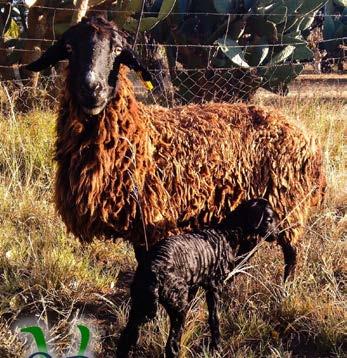
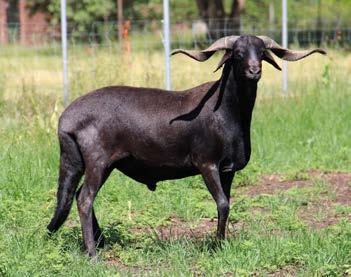
The average age at first lambing is 1 year and 5 months, and the average interval between births is 7,5 months. Lambs are typically born with fewer complications because of their small size. A Damara ewe is an excellent mother weighing around 30 to 55 kg, and adult rams weigh 50 to 85 kg.

In about seven months, the animal will reach the required 18 kg for slaughter. Damara meat has a low fat content, a fine texture, and no fat streaks. The fat on a Damara carcass is only 1 to 2 mm thick.
Damara sheep leather was found to be the strongest of nine different sheep breeds studied, thanks to its extremely fine grain and high tensile strength.
Namaqua Afrikaner
It is believed that Namaqua Afrikaner sheep descended from the Khoi-khoi (Hottentot) people who inhabited South Africa before colonisation. Located in the Northern Cape Department of Agriculture's Carnarvon Experimental Station, the Namaqua Afrikaner is now being saved from being one of South Africa's most endangered sheep breeds thanks to a conservation programme. Farmers buy surplus animals from conservation breeding programmes.
The Namaqua Afrikaner is characterised by long legs, a slim body, and a long, plump tail that can hold as much as 38 percent of its weight. The long, fat tail serves as an energy reserve for long dry seasons. It has a silky, whitehaired coat that is used for making gloves and other lightweight leather goods. Animals' heads can be either red or black. Rams and ewes have horns. A Namaqua Afrikaner first lamb is born at 16,5 months, and then every 8 to 9 months after that. The mature weight of rams can reach 75 kg, and ewes can reach a weight of 56 kg.
Damara ewe and lamb. (Source: GL
Damara
Large and native to Namibia, the Damara sheep stands out with its distinctive black face. It has a long, skinny body, short hair, and a thick, woolly undercoat that it only needs to shed during the summer. The colours can be brown, white, black, or a combination of those. The horns on both rams and ewes are spiralled.
Ronderib Afrikaner
This large, plump-tailed sheep breed gets its name from the shape of its ribs, which are oval. The Ronderib Afrikaner sheep is an old breed with possible roots in the Middle East or North Africa. It has adapted to live in South Africa's Northern Cape province, which is mostly desert.

When it needs to travel great distances in search of grazing and water,

32 ProAgri Zambia 85
Damara ram. (Source: GL Damara Sheep / Skaap, Facebook)
Namaqua Afrikaner ram. (Source: Op Vakansie Boerdery, Facebook)
Ronderib Afrikaner ram. (Source: Blinkhaar Ronderib Afrikaner Telersgenootskap, Facebook)
Ronderib Afrikaner ram. (Source: Blinkhaar Ronderib Afrikaner Telersgenootskap, Facebook)
Namaqua Afrikaner ewe and lamb. (Source: Op Vakansie Boerdery, Facebook)
Damara Sheep / Skaap, Facebook)
the animal's long, thin legs are a great asset, and the fat stored in its huge, round tail can provide it with an extra 2 to 3 kilogrammes of energy. Mature rams weigh between 60 and 65 kg, and ewes between 50 and 55 kg.
It usually takes about 8 months before the first lamb is born. Lambs have a slow growth rate and are typically sold when they are 10 to 12 months old. As an additional breed of sheep, the "Ronderib" is frequently used due to the lean and compact nature of its carcass. Teaser rams, which are typically Ronderib rams, are used to prime ewes of other breeds for mating.
The substantial tail fat is often used for preparing boerewors and droëwors (droëwors is a preserved meat product made of finely minced meat and fat mixed with salt, spices, and then dried). The breed is prized for the soft, glossy, light-cream wool used to make blankets. The skin has a high value for the manufacture of luxury leather goods.
Zulu sheep
The Zulu sheep is a subspecies of the Nguni breed. Nguni sheep are well suited to the climate of KwaZulu-Natal thanks to the diversity of their ancestry. Tickborne diseases do not seem to bother them, and they do well even in harsh climates and communal grazing situations.
The Zulu sheep, along with the BaPedi, are members of the Nguni subspecies that have elongated fat tails for piling surplus fat. Some sheep in
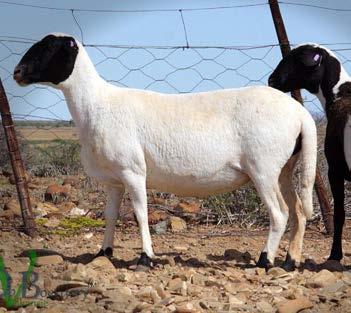

the breed have extremely short ears (called "mouse ears" or "swelamadlebe" for short), but this is a rare occurrence due to a recessive gene. The mature weight of rams is up to 38 kg, and ewes weigh up to 32 kg.
The desire to increase carcass weight and mutton production has led to the risky practise of interbreeding with nonnative breeds, which threatens genetic purity. According to 1995 research, there were only about 3 000 remaining pure Nguni sheep in South Africa.
BaPedi sheep
According to legend, the BaPedi sheep made their way south into the Limpopo province a few centuries ago. In this region, you will find the largest population of BaPedi sheep.
The BaPedi is a type of Nguni sheep characterised by a chubby tail, a mixture of white, brown, and red hair, a small body, and long legs. Because this breed is naturally resistant to ticks, there is no chance that it will get diseases like blue tongue, redwater, or heartwater, which are spread by ticks.

It is common knowledge that BaPedis reach adulthood quickly. The first lamb is born at 11 months, and there are two more lambings per year at sixmonth intervals. BaPedi ewes have been known to continue lambing up to
the age of eight years. Sheep can be slaughtered at their ideal weight of 30 kg after 12 months of age (12 months for ram lambs) (18 kg of meat). The mature rams weigh between 60 and 75 kg, and ewes between 40 and 50 kg.
References
Breeds of Livestock - Booroola Merino Sheep — Breeds of Livestock, Department of Animal Science. (1996). Available at: http://afs.okstate.edu/breeds/sheep/booroolamerino/index.html
Ngcobo, J.N.; Nedambale, T.L.; Nephawe, K.A.; Mpofu, T.J.; Chokoe, T.C.; Ramukhithi, F.V. An Update on South African Indigenous Sheep Breeds’ Extinction Status and Difficulties during Conservation Attempts: A Review. Diversity 2022, 14, 516. Available at: https://doi. org/10.3390/d14070516
Sheep breeds. (2008). Department of Agriculture. Available at: https:// www.nda.agric.za/docs/Infopaks/ Sheep_breeds.pdf
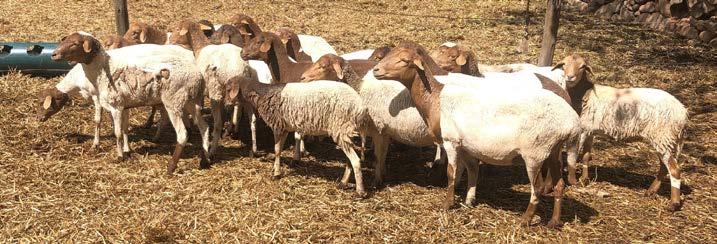
Sheep Farming in South Africa
2022. Available at: https://southafrica.co.za/sheep-farming-southafrica.html
ProAgri Zambia 85 33
Zulu sheep ewes. (Source: Op Vakansie Boerdery, Facebook)
Zulu sheep ram. (Source: Op Vakansie Boerdery, Facebook)
BaPedi sheep ram. (Source: Jan Koekemoer, Facebook)
BaPedi ewes and lambs. (Source: Marinus Bekker, Facebook)
Obtaining silkworm larvae or eggs to begin your farm is the most essential step in the process of starting a sericulture (silk production) operation. In the second part of this series, we discuss how to properly care for the worms and maintain a clean environment on the farm so that you can maximise your production.
Instrumentation, preparatory materials, and sterilisation
Silkworms that are bred to have high cocoon thread production can be used in bivoltine sericulture, which raises two generations of silkworms each year. This method results in high-quality cocoons.

Regularly cleaned and sterilised breeding equipment and devices help to keep the environment clean and disease-free.
For instance, the rearing room for young silkworm larvae, the rearing room for grown silkworm larvae, the room for mounting silkworm larvae, and the tools for silkworm rearing (papers for the rearing bed, sheets for the shelves, a cocooning frame) all need to be sanitised and cleaned before, during, and after the rearing process.
Before entering the rearing room, the farmer's hands must be washed, and his footwear must be changed to reduce the risk of bringing in bacteria that could cause disease.
The rearing room, the silkworm larvae and beds need to be disinfected before the first feeding of newly hatched silkworm larvae and before the first feeding of mulberry leaves at each instar. This helps prevent the spread of diseases.
Silkworm eggs and larvae
The process of raising silkworms begins with the feeding of newly hatched silkworm larvae. The eggs of the silkworm need to be incubated for about ten days at a temperature of 25 °C, a humidity of 75%, and very particular lighting conditions (16 hours of light to 8 hours of darkness).
In order to ensure a healthy and even birth, the eggs need to be kept in complete darkness for the final two or three days before they hatch. It is essential for the production of highquality cocoons that all the eggs of the silkworm hatch at the same rate. As they develop, the newly hatched worms must consume finely chopped mulberry leaves almost continuously.
However, when the silkworm eggs are not incubated properly, hatching can take place at any time during the process. It is not possible for silkworm larvae to hatch simultaneously if they are poorly managed, and the environment in which they are reared lacks adequate temperature and humidity.
A producer of silkworm eggs will, upon receiving an order from a farmer, hatch the eggs, and then either deliver
From silkworms to silk garments Part 2: How to raise silkworms properly
34
(Source: Pixabay by 41330)
by Natasha Pansegrouw
the young silkworm larvae to a communal rearing facility or deliver them directly to the farmer.

From the time they hatch until they reach the third instar, silkworm larvae are reared. Their growth is affected by the environment, the mulberry leaves, and the way they are raised.
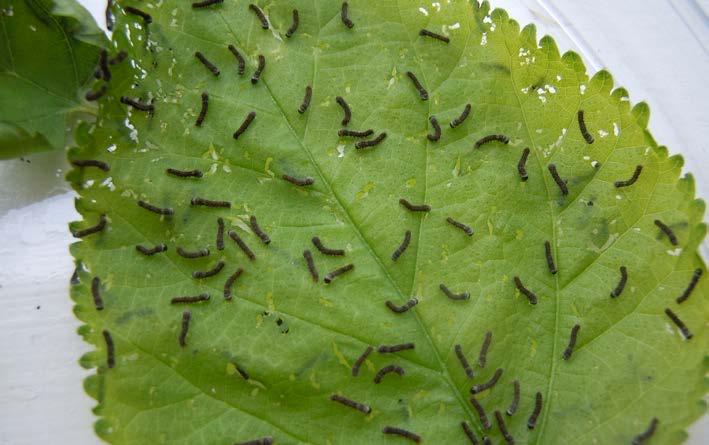

This larvae stage requires a high level of expertise and a healthy rearing
environment (first and second instar: rearing temperature of 28 °C, humidity of 75 to 80%, clean condition: disinfection in the rearing room, washing hands and changing shoes, cleaning surroundings and the rearing room. Establish a communal rearing house for newly hatched silkworm larvae, care for them until they reach the second instar, and then distribute them to farmers.
Rearing
There are three distinct phases that occur during the silkworm larvae stage: the young silkworm phase, which begins with the first feeding of newly hatched silkworms and ends with the third instar following the second moulting; the grown silkworm phase, which begins with the fourth instar and ends with the formation of cocoons at the end of the fifth instar; and the mounting phase, which begins with the formation of cocoons at the end of the fifth instar.
Young silkworms, mature silkworms, and silkworms to be mounted should all be raised and mounted in different places and at different times. This keeps diseases from spreading and gives the best possible conditions for rearing.
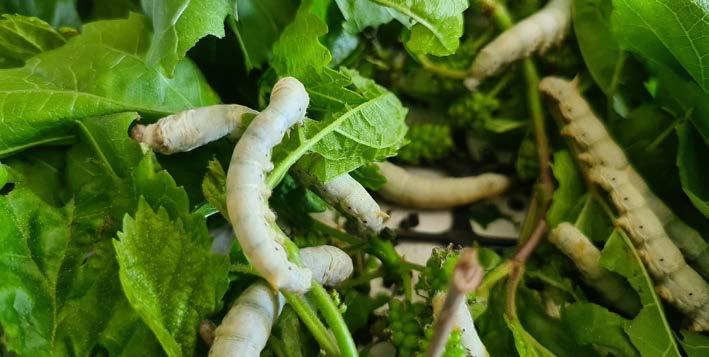
Third instar silkworms
Silkworm larvae in their third instar are still immature even after being distributed to farmers from a rearing house. Growers are responsible for maintaining the temperature of 26 to 27 °C, humidity at 75%, and cleanliness of their indoor spaces. It is difficult to maintain the appropriate habitat when thirdinstar silkworms are raised in the same rooms as fully grown silkworms.
Mounting
Because mounting has such a significant impact on cocoon quality (reliability percentage, contamination, et cetera).
Cocooning frames made of wood are used by silkworms to spin their cocoons. (Source: pexels by Quang Nguyen Vinh)
(Source: unsplash.com by David Clode)
(Source: Pixabay by JakubHardt)
Silkworm larvae just after hatching feeding on a young mulberry leaf. (Source: xyzinnyc.wordpress.com)
BUTTERFLY & WAFER VALVES



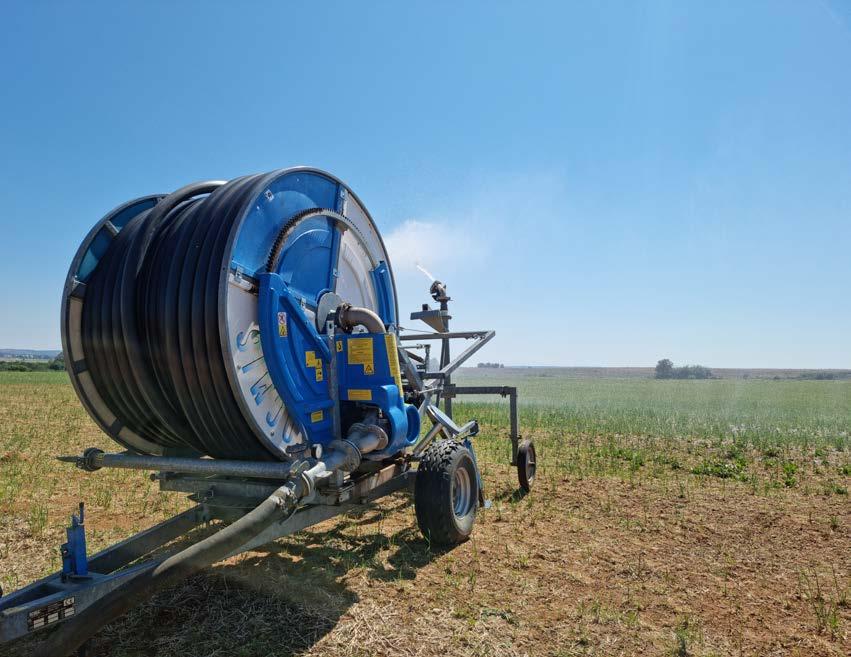
CAMLOCK FITTINGS




CLAMPS
COMPRESSION & SADDLES
FITTINGS FOR PVC PIPES


FLANGES & JIS
MALLEABLE FITTINGS

MULTI RANGE FITTINGS
POLY PROP FITTINGS
QUICK COUPLING FITTINGS

QUICK COUPLING ACCESORRIES

RAIN BIRD
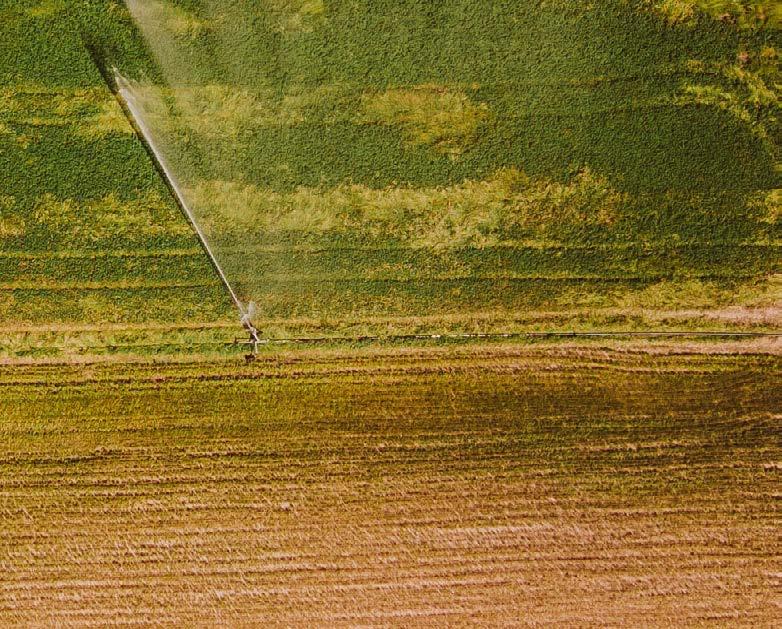
VALVES & BRASS FITTINGS
TANK CONNECTORS

SIME GUNS
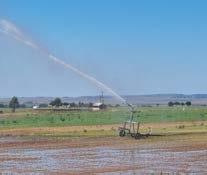
VYRSA

36 ProAgri Zambia 85 TRAVELLING IRRIGATORS. FOR YOUR NEAREST DEALER, CONTACT: Tobie Van Den Heever +27 82 658 6054 Henko Cilliers +27 71 303 8829 PTA +27 12 736 2121 | CPT +27 21 946 1194 IRRIGATION UNLIMITED WHOLESALE SUPPLIER AND DISTRIBUTOR OF A WIDE RANGE OF IRRIGATION PRODUCTS www.iunlimited.co.za
IRRIGATION UNLIMITED
Eggs of a dark colour contain silkworm larvae, and the yellow eggs are unfertilised. (Source: Twitter by Everything Silkworms)

When compared to the female silkworm moth, which has a significantly larger abdomen that is full of eggs, the male silkworm moth's body is much slenderer and smaller. (Source: Twitter by Teresinha Roberts)

It is important to ensure that the environment is properly controlled for temperature and humidity. Ideal temperature is 25 °C, and the optimal humidity should be 65% while maintaining good air circulation and ventilation. By doing so, it is possible to collect silkworm larvae that have reached the appropriate stage of development and that are free from deformities or contamination because the cocoons were mounted in a mounting-specific facility using a mounting container. Urination is quite frequent prior to the formation of the cocoon in mature silkworms.
So, if the silkworms grow at different rates, the urine of the slower-growing silkworms could contaminate the cocoons made by the faster-growing silkworms, and a rise in the temperature of the environment could make it harder to reel the cocoon.
Within
pupae stage of its life cycle. (Source: Pixabay by LoggaWiggler)
As a result, the space where the silkworm larvae are mounted needs to have adequate ventilation. By thoroughly cleaning and disinfecting the mounting container, you can stop the spread of disease.
The mounting process takes only 1 to 2 days and does not involve any temperature regulation, air movement, or ventilation.
As a result of the rack in the mounting container being slightly too large, it is unable to be turned or maintained at the appropriate distance. This results in poor air circulation and higher humidity, which in turn increase the number of contaminated cocoons. In these conditions, it is difficult to shape cocoons in a uniform manner.
It is necessary to grow silkworms in a uniform manner and improve methods of preserving wooden cocooning frames in the appropriate locations.
Disease in silkworms
Silkworms are susceptible to a wide variety of diseases, including those caused by bacteria, fungi, viruses, and even pebrines. Even in a sterile environment, with clean containers and eggs, pebrine, a disease that spreads through the ovaries, can have a significant negative effect on the sericulture industry.
Pebrine has a major negative impact. Due to these factors, it is of the utmost importance that the mother moth eliminates any pebrine that may be present during the phase of silkworm egg formation. If, upon examination, it is discovered that a mother moth has microsporidia, then any eggs that she lays should not be used because they could be contaminated.
Pebrine presents a potential for contamination due to the limited frequency of mother moth inspections. Additionally, a sanitary rearing environment is not always maintained, such as through
the cleaning of the silkworm room and its tools. This leads to concerns over a possible decrease in cocoon yield, and in extreme cases, there is no harvest at all due to the spread of silkworm diseases.
Summary
Silkworm larvae initially have a good appetite and eat voraciously until its final stage. After maturing, larvae search for suitable pupation sites.
Silkworms shrink and become translucent at this stage. These mature larvae secrete saliva from their two salivary glands to cocoon themselves. When exposed to air, saliva becomes silk. Cocoons are usually spun in two to three days.
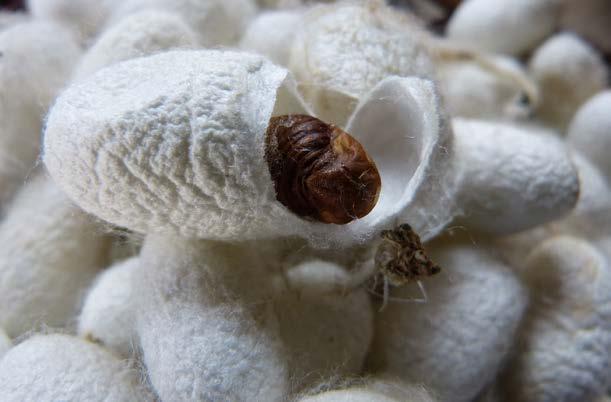
References
Starovoytova, D. (2015). Mulberry and Silk Production in Kenya. Textile Science & Engineering. Volume 5. Pages 1-7.
SMEDA. (2020). Sericulture / Silk Production – Small Business. Ministry of Industries and Production (MoI&P) Government of Pakistan. Available at: https://smeda.org/ phocadownload/OTC_Documents/ Sericulture%20-%20Silk%20Production%20for%20Small%20Business.pdf
Duraiswamy, D. (2019). The Origin of Silk Production. Silk- Road Universities Networks Online Journal.
CGSpace. (2007). S ericulture in East Africa. Japan Association for International Collaboration of Agriculture and Forestry. Available at: https://www.jaicaf.or.jp/fileadmin/ user_upload/publications/FY2007/ report-2007_1_e.pdf
ProAgri Zambia 85 37
the protective cocoon, the larvae transform into the
The best supplier of QUALITY FERTILISERS on the Zambian market

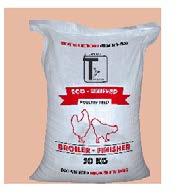


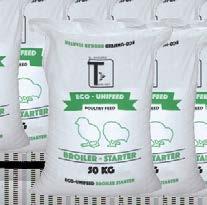

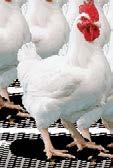


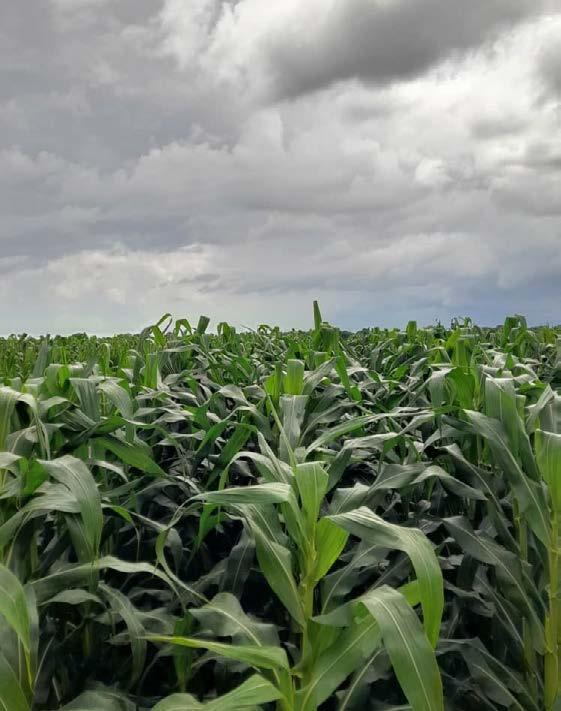
Fertilizers. Seed. Grain

Our Fertilizer is a locally manufactured, innovative plant nutrition that complements our clients’ businesses. Our comprehensive range can match the nutritional needs of crops at every growth stage. Testing and quality control is core to our business. Superfert is blended in batches that are individually checked through daily testing. All the ingredients we use are thoroughly researched and of A-grade quality sourced from first rate suppliers only.
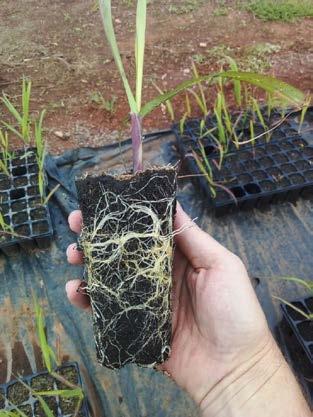
38 ProAgri Zambia 85
+260 977
498
+260 973
229 marketing@fsgzambia.co.zm | sale@fsgzambia.co.zm www.fsgzambia.co.zm A wide range of Fertilizers for all crops. Suppliers of the farmers input support programme
610
|
848
By
STARTER, GROWER,
Email: feed@uniturtle.com For Inquiries; Scan QR CODE
UNITURTLE
FINISHER
Technews: The latest in agricultural technology from around the world
by Annemarie Bremner
LEMKEN buys Equalizer
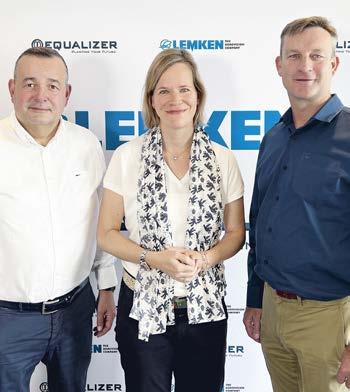
In a big boost for Equalizer, the planter manufacturer in Cape Town, LEMKEN has reached an agreement to buy the company. Equalizer manufactures seed drills in widths of up to 24 m and precision planters up to 36 rows.
Equalizer, which is also a family business, was founded in 2000 and currently employs 180 people. The company serves not only its South African home market, where it is a market leader in precision seeding, but also Australia as its most important export market.
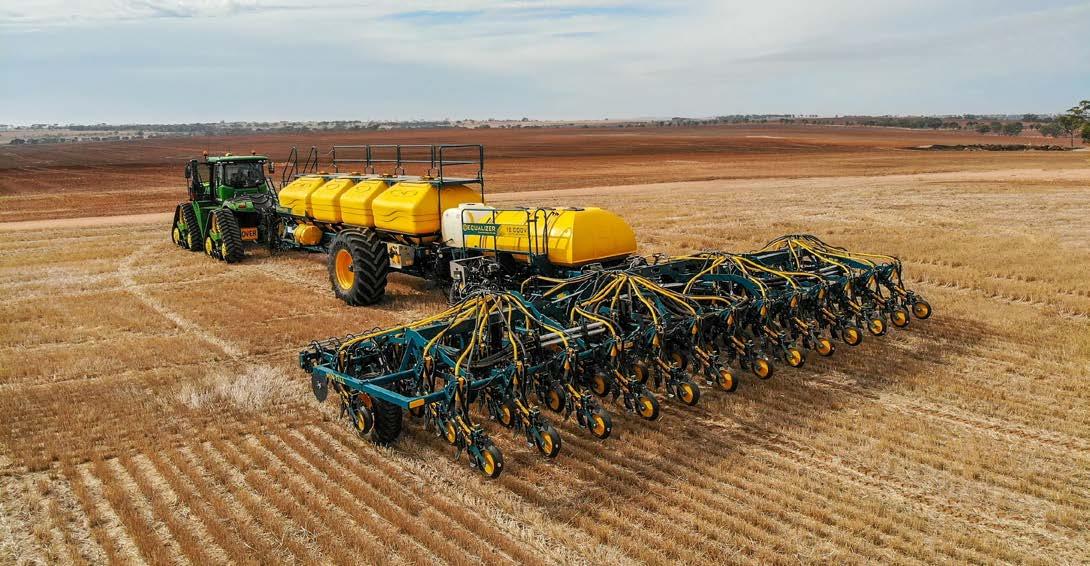
LEMKEN CEO Anthony van der Ley believes that the Equalizer portfolio perfectly complements the LEMKEN seed drill segment and constitutes an important building block for further growth.
“There is no overlap in our portfolios,” he comments. “Equalizer offers solutions for customers and markets that LEMKEN has not been able to serve so far. In terms of our growth strategy, the Equalizer planters and
seeders – also in combination with air carts – close a current gap in our product range.”
The acquisition is expected to be completed by springtime, and the two companies are keen to expand the South African site. The first definite project is the extensive expansion of spare parts logistics in 2023.

All Equalizer’s local staff will be retained. So too will the brand name, and the company will continue to be led as an independent subsidiary by its current management.
“We see great potential for new products with LEMKEN on our side, and we look forward to our future collaboration,” says Gideon Schreuder, Equalizer’s Founder and Managing Director.
Karel Munnik, Managing Director of LEMKEN SA, says they are very excited about the development as it will allow both companies to grow faster.
The news was released in a video by LEMKEN. (Source: LEMKEN)
ProAgri Zambia 85 39
LEMKEN CEO, Anthony van der Ley, with owner, Nicola Lemken, and Equalizer Managing Director, Gideon Schreuder.
A toast to excellent design
New Holland’s Straddle Tractor Concept is the winner of a gold medal at the German Award Design 2023 in the category Excellent Product Design. The German Design Award is awarded by the German Design Council, Germany’s design and brand authority based in Frankfurt am Main. The jury members form a unique network of experts in innovations and design.
Revealed at SITEVI (salon international des équipements et savoir-faire pour les productions vignevin, olive et fruits-légumes) the Straddle Tractor Concept is a co-production of New Holland Agriculture and Pininfarina, the internationally recognised design house, responsible for Ferrari’s designs.
The concept has been explained in a video that has been watched thousands of times on New Holland Agriculture channels by users from all over the world: the idea was specifically designed to meet the requirements of narrow vineyards.

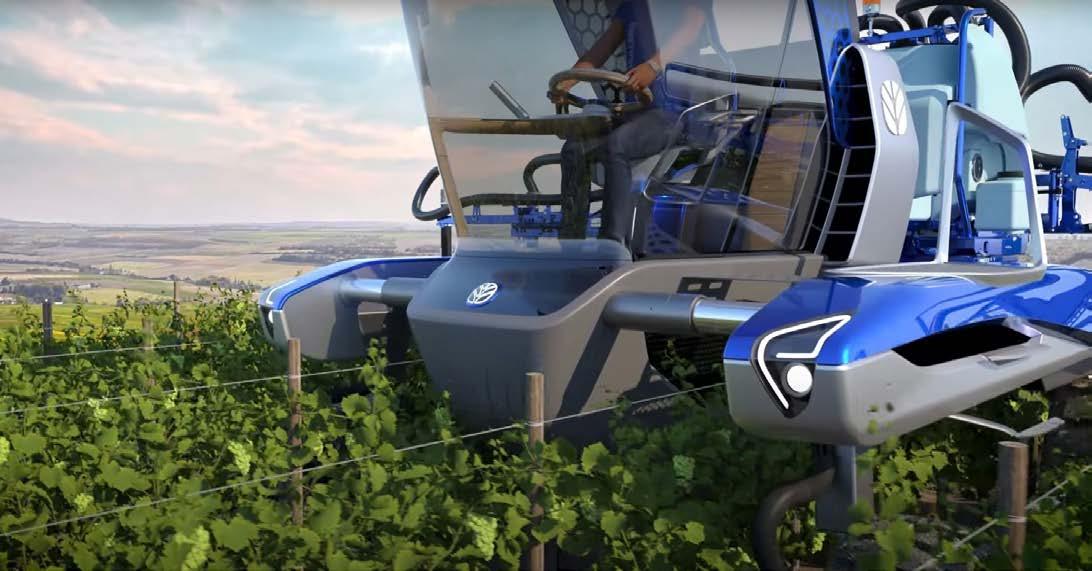
These operations produce highquality, high-value wines from grapes grown in rows less than one and a half metre wide, often on steep slopes and in small vineyards. In these conditions, grapes are picked by hand and most of the vine maintenance work is done by means of a tractor travelling overhead over the rows.
The futuristic design developed by Pininfarina combines safety, comfort, and technology: it is inspired by the shape of a glass of champagne – tall, wide at the top and tapering down at
the bottom – as a homage to premium wine growers of regions such as Champagne, Médoc, and Burgundy.
The cab is completely made of glass, providing the operator exceptional visibility on the vines and all around, and it is angled in the direction of travel, adding dynamism to the design.
The overall exterior look of the machine stands out for the flowing and dynamic automotive-inspired lines. The exposed frame confers a sporty look.
The interior features a large single door and rotating seat, with use of wood contributing to the cab’s plush, luxurious feel, again reminding of wine barrels.
In keeping with New Holland Agriculture's commitment to all aspects of sustainable agriculture and the brand Clean Energy Leader strategy, the concept has been created as ready for electric traction, for a future of machines driven by alternative energies.
Carlo Lambro, Brand President of New Holland Agriculture, says: “The revolutionary Straddle Tractor Concept is the result of the co-operation of two specialists in their respective areas, which offer an elegant design, outstanding innovation, and forwardthinking idea of machines in agriculture.

It is an honour for New Holland to receive this unexpected award, it makes us even more willing to continue to develop safe, comfortable, high-quality, and of course, well-designed machines.”
Alfredo Palma, Chief Transportation Designer says: “The futuristic
design of the Straddle Tractor Concept is a balanced mix of functionality and style, where comfort and safety meet a unique personality inspired by the shape of the champagne glass. We are very proud of the collaboration with New Holland and the assignment of the German Design Award is a further endorsement of the great result reached together.” (Source: World-Agritech.com)
40 ProAgri Zambia 85
Prolong the work life of your tines and discs
Bourgault Tillage Tools developed an infused tungsten carbide treatment to protect soil-engaging parts. Called Maxlife, and available from the Canadian company’s UK subsidiary (BTT UK), field tests have shown that it extends tillage tool working life from 300% to 800%.
The heat-applied weld pool contains solid chunks of tungsten carbide. Spread evenly across the face of the wearing part, field tests have shown that the weld deposit is extremely tough and does not chip or flake when subjected to high impacts.
“It is a cost-effective option for high wear applications across a range of parts and has already proven effective when used on harrow tines, sweeps, spikes, shanks and disc scrapers,”
says Ian Clayton-Bailey, Managing Director of BTT UK.
“Our parent company’s 30-year experience in producing hard-wearing parts is really coming to the fore in the current business climate,” he continues.
“Having a huge and versatile range of parts is essential for success in countries like the UK, which has hugely variable soil types, climate and topography across a relatively small land mass.”
The company has also expanded the range of machines for which its VOS drilling system can be used. Available for some years on Horsch CO and Sprinter drills, it is now available as a tine conversion for the Weaving Sabre Tine, Amazone Cayena and Kuhn Megant drills. (Source: profi)
ExactShot applies fertiliser on the spot
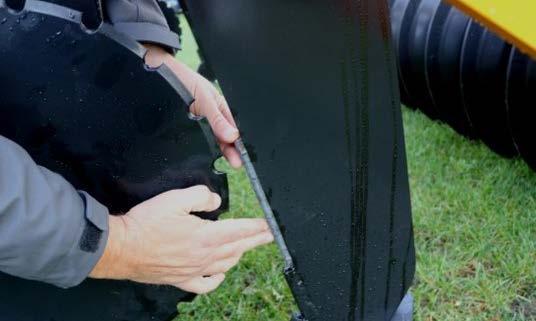
The ExactShot planter/fertiliser applicator is one of the interesting new technologies John Deere revealed at CES 2023-the leading tech-show held in Las Vegas. It applies starter fertiliser precisely to each individual seed. This will help farmers to be more productive, profitable, and sustainable.
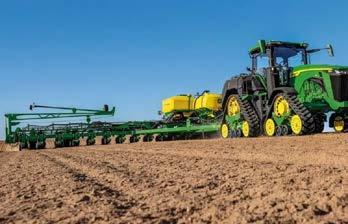


“Everything we do at John Deere is focused on real purpose and real impact,” said Jahmy Hindman, Chief Technical Officer at John Deere. “This means we are developing technology that enables our customers to provide the food, fuel, fibre, and infrastructure that our growing global population needs.”
ExactShot allows farmers to reduce the quantity of starter fertiliser needed during planting by more than 60%. The technology uses sensors and robotics to place starter fertiliser precisely onto seeds as they are planted in the soil, rather than applying a continuous flow of fertiliser to the entire row of seeds.
ExactShot will help farmers to farm economically and environmentally friendly. With the global population expected to grow from 8 billion to nearly 10 billion by 2050, farmers need to increase production by 60% to 70% on today’s arable land.
ExactShot uses a sensor to register when each individual seed is in the process of going into the soil. As this occurs, a robot will spray only the quantity of fertiliser needed, about 0,2 ml, directly onto the seed at the exact moment as it goes into the ground.
Across the US maize crop, ExactShot could save over 352 million litres of starter fertiliser annually and prevent wasted fertiliser from encouraging weed growth or increasing the risk of running off the field into a waterway. (Source: World-agritech.com)
ProAgri Zambia 85 41
Fruit produ c tion part2 : KIWI FRUIT
by Maryna Steyn
Kiwi fruit production has been a hot topic for over two years. Many growers have seized the opportunity to farm with kiwis and capitalise on the demand for this exotic fruit.
Contrary to popular belief, these fruits do not originate from New Zealand, but rather China. Commercial production, however, took off in New Zealand during the early 1960s when seed was taken there. Kiwi fruit, kiwis, or kiwi fruit, are names given for market appeal (by an American woman no less), but it was
first known as the Chinese gooseberry, botanically named Actinidia deliciosa — delicious indeed!
The hairy brown egg-shaped fruit is a sought-after ingredient or snack. Fruits are consumed after peeling, either by enjoying slices or adding it to salads, smoothies, deserts or juices.

The inside is a light green with a white centre. The small black seeds are tightly grouped around the centre. Kiwis are full of vitamin C, almost twice the quantity of oranges! The juicy inside can
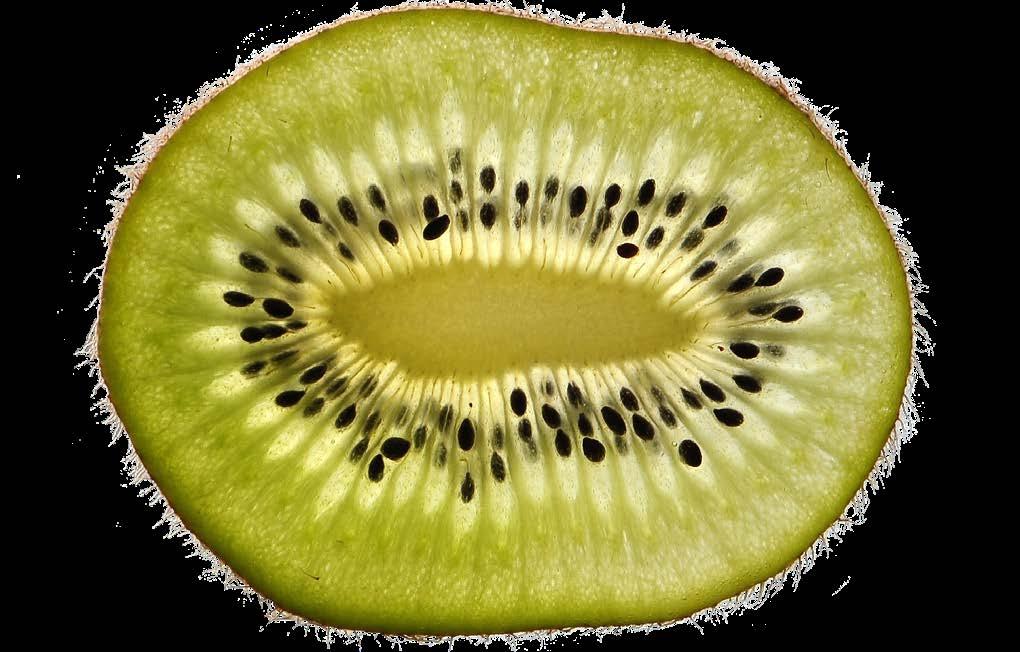
taste acidic, but the riper the fruit, the sweeter it tastes.
Positive dietary impacts lead to the rise in kiwi fruit cultivation. These health benefits include eye-health due to the Zeaxanthin and Lutein compounds in the fruit. The high vitamin C content is an immune booster as well as anti-inflammatory and antioxidant. It also has a high fibre content which improves digestion with the added benefit of the substance Acanidin which breaks down protein.
Growing kiwis commercially is expensive. To produce fruits, the plant first needs to mature. In theory this can be three years, but it takes up to five years to have a full harvest.
The infrastructure required is also expensive to build. The trellis the vines use to grow on needs to be almost two metres high and strong enough to support the 5 metre vines and its hundreds of fruits.
To be a grower, you need to register and pay royalties to be a commercial grower in some countries such as South Africa.
It is also necessary to ensure that there is an optimal ratio of male to female plants to promote pollination. One male plant for every nine female plants. Only the female plants bear fruit, and pollination can be tricky since the female plants do not have nectar. Placing beehives between the
42 ProAgri Zambia 85
Source: Pexels
Source: Vecteezy
vines can assist with this.
What makes it so lucrative is that it is a high-value crop that you can grow on a relatively small scale. A single vine can produce hundreds of fruits which means the output is beneficial.
Soil and climatic requirements
Kiwi plants require fertile, well-draining soil. The soil needs to be moist and moisture retentive, while also being aerated. Too much water can cause root rot.
Soil drainage can be improved by mixing compost into the soil. It will also benefit the plant by providing nutrients.
Kiwis prefer slightly acidic to neutral soil, meaning a pH between 5,5 and 7,5.
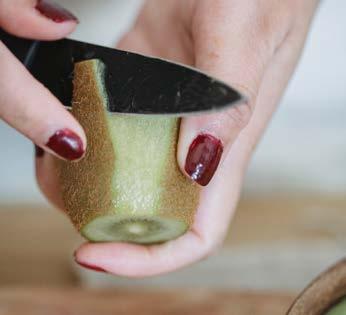
Ideal temperatures range from 5 to 25 °C. The plant can tolerate low temperatures, but it does not do well with frost, especially the flowers and the trunk. High temperatures can burn the fruit.
Netting can be used as a cover to protect against frost.
Planting
It is not recommended to commercially grow kiwi fruit from seeds. Instead, use grafted plants and ask your local nursery which varieties they have available.



Dig a large hole and plant the plant the same depth as it was grown in the nursery. The hole should be wider than it is deep because kiwi plants have shallow roots. Avoid root bounding by pulling them slightly apart before planting.
Fertilisation
Fertilise with rock phosphate and kelp meal before closing the hole.
Kiwi fruit is eaten on its own or as a delicious ingredient in smoothies, salads or other fresh dishes.
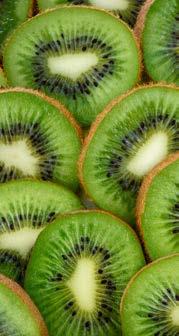
(Source: Nicola Barts on Pexels)
metres apart. Connect them with a crossbeam at the top. Rows of beams can continue as long as your space allows, but two more support poles with crossbeams should be planted every metre.
From crossbeam to crossbeam, the length of the row, 12-guage wire can be run 0,3 metres apart. This creates ideal support for heavy female plants,
Tie the vines to the trellis to keep them from drooping to the ground.
If you use nets to protect the crop from frost, they need to be at least 4,8 metres high, or 5,3 metres at most. The net needs to offer 20% shade.
Pruning is important to manage the weight and promote growth. Cut off any side shoots to force upward growth. When the top growth is dormant (not growing), head it. Cut off canes that grew but did not bear fruit after the first fruiting season.
Any other weak, damaged, broken or unhealthy canes should also be pruned.
Prune vines before spring when new growth starts, rather prune in autumn or winter.
Fruit is harvested when it starts to change colour.
Set up an annual fertiliser schedule. Every spring, spread fertiliser throughout the orchard to feed the shallow roots. Ensure the fertiliser you use is high in nutrients, especially nitrogen.
Irrigation
As soon as your kiwi is planted, irrigate it immediately.
Kiwis require high rainfall of approximately 800 to 1 000 mm per year.
Irrigate the crop once or twice a week in summer, but less in winter. You can irrigate the crop whenever the topsoil seems dry.
Applying mulch on a regular basis can help retain moisture and also reduce weeds.
Trellis construction and pruning
Trellis should be 1,9 metres high. It is recommended that strong poles and crossbeams are used.
For every row, plant two poles 1, 5
Left: The skin of the kiwi is brown and hairy. (Source: Peter de Vink on Pexels)
Right: The inside of the fruit is light green with a white centre. The black seeds are closely grouped around the centre. (Source: Photomix on Pexels)
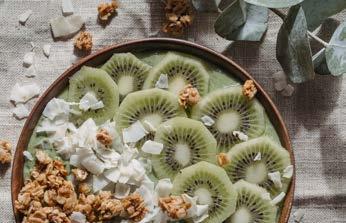
References
Climatic requirements - KZNDARD. GOV.ZA. 2006. Available: https:// www.kzndard.gov.za/images/Documents/Horticulture/Veg_prod/climatic_requirements.pdf
Farming with kiwis: All you need to know. 2022. Available: https://www. foodformzansi.co.za/farming-withkiwis-all-you-need-to-know/3/
One
Kiwi fruit: Fruit: Grow to eat. 2020. Available: https://www.thegardener. co.za/grow-to-eat/diy-food/kiwi-fruit

ProAgri Zambia 85 43
The egg-shaped fruits grow on vines. (Source: Vecteezy)
vine can grow hundreds of kiwi fruit. (Source: Vecteezy) Young kiwi fruit. (Source: Vecteezy)
AFB vaccine:
A breakthrough in protecting honey-bees
The first vaccine for honey-bees to prevent the fatal bacterial American foulbrood disease (AFB) has been conditionally approved by the United States Department of Agriculture (USDA).

This vaccine is the first for honeybees, which are essential to agriculture, and is regarded as a breakthrough in protecting honey-bees.
This first licensure of a honey-bee product was conditionally issued to Diamond Animal Health, who collaborated with Dalan Animal Health to manufacture the vaccine. Dalan is a biotech company pioneering insect health.
How are bees infected?
AFB is a larval disease. The bacterium produces spores which contaminate larval food. Adult bees transmit the disease to uninfected larvae when feeding them, causing the bacterium to enter the larva’s digestive tract.
The highly contagious disease produces numerous spores, even though fewer than ten spores are sufficient to cause infection. The spores germinate in the larval midgut and multiply with the bacteria, until finally penetrating the intestinal epithelium, killing the larva.
The bacteria continue to grow and form spores in the dead larvae. The larval body turns brown and decomposes to a semi-fluid glue-like, sticky remain with a foul smell, which is the most characteristic clinical symptom.
The number of young bees drops drastically, which causes the colony to collapse.
Extremely high numbers of spores are produced in one individual, and as these are exceptionally environmentally stable, they remain infectious for more than 35 years. It is easily transmitted between colonies, apiaries and even countries.
How does the vaccine work?
The vaccine contains dead whole-cell Paenibacillus larvae bacteria, which are mixed into queen feed which the worker bees consume. The worker bees incorporate the vaccine into the royal jelly they produce and which they feed to the queen bee. Once the queen bee has consumed the vaccine-laden royal jelly, fragments of the vaccine are deposited in her ovaries. The queen’s larvae will be born with immunity to the disease.
Studies have shown that oral vaccination of honeybees may reduce
larval death due to AFB. The vaccine is non-GMO and can be used in organic agriculture.
“Global population growth and changing climates will increase the importance of honey-bee pollination to secure our food supply,” said Dalan’s CEO, Annette Kleiser, in a statement. “We are ready to change how we care for insects, impacting food production on a global scale.”
Transgenerational immune priming
Dalan Animal Health, whose headquarters are in Athens at the University of Georgia’s Innovation Hub, uses a transgenerational immune priming approach, whereby the maternal animal passes immune modulators such as antigens and anti-microbial molecules to the next generation larvae before they hatch. The company intends to use this approach to develop vaccines for other honey-bee diseases.
AFB in Southern Africa
AFB was first detected in the Western Cape in December 2008 and was confirmed by laboratory tests in February of the following year. By 2015, an estimated 40% of the Western Cape bee population had been wiped out by the disease.
The primary treatment method for contaminated hives has been incinerating bees and infected hives, and antibiotic treatment. Regulations were introduced by the Department of Agriculture, Forestry and Fisheries (DAFF) to register hives and spell out procedures and management steps should clinical AFB symptoms be discovered in managed apiaries. It remains unclear how the disease found its way into the country.
“Chemical treatment has never been advocated in Southern Africa,” says John Moodie, a beekeeper from Honeywood Farm in the Southern Cape for more than five decades. “It has limited effectiveness and requires time and energy to apply to hives.”
He is cautiously optimistic about the vaccine and the role it could play in eliminating or at least controlling the occurrence of AFB, which continues to occur sporadically and remains a notifiable disease in the country.
Mike Allsopp, the leading scientist on bees in South Africa, agrees with John. “The published work was conducted under highly controlled conditions in
by Tisha Steyn
University ‘bee yards’ in only a small number of hives and 30 larvae per hive were infected with spores. At best this is proof of the concept. The US Department of Agriculture has given a ‘conditional’ approval, which means the vaccine cannot be commercialised until the ‘approval conditions’ have been met. This is likely to be to gather data under field conditions; however, I cannot find the actual approval document which is normally public,” he says.
“One thing that did concern me is if you only get 30 to 50% efficacy then you still have a lot of larvae being infected and producing spores, so how do you eradicate the problem? Apparently, most hives have spores, even
44 ProAgri Zambia 85
asymptomatic hives, and you need to get above a certain threshold of spores before you actually start seeing clinical symptoms of the disease. So, if you decrease rates of disease in a hive, the problem should sort itself out,” concludes Mike.

Future

The USDA’s conditional license has been issued for two years, during which Dalan will distribute it on a limited basis to commercial beekeepers. The vaccine is expected to be available for purchase in the United States in 2023. It is not clear when it will be available in South Africa.
For more information, contact John Moodie by sending an e-mail to john@honeywoodfarm.co.za


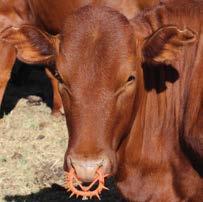
References

Sottile, Z. (2023) The first-ever vaccine for honeybees has been
approved by the USDA. CNN https://edition.cnn. com/2023/01/07/us/honeybeevaccine-usda-approval-scn-trnd

First-in-Class Honeybee Vaccine Receives Conditional License from the USDA Centre for Veterinary Biologics. (2023) Businesswire. https://www.businesswire.com/ news/home/20230104005262/en/ First-in-Class-Honeybee-VaccineReceives-Conditional-Licensefrom-the-USDA-Center-for-Veterinary-Biologics

Wossler, T.C. (2015) The American disease that is wreaking havoc on South Africa’s honeybee population Quartz https://qz.com/africa/468994/theamerican-disease-thats-wreakinghavoc-on-the-south-africas-honeybee-population

American foulbrood causes the dead larvae to form a sticky, ropey consistency that smells foul.


ProAgri Zambia 85 45
A hive contaminated with American foulbrood displays cells with dead larvae.
NoseRing® Wean with ease | No stress | Next to the mother NoseRing • Wean with ease • No stress • Next to the mother PO Box 1806, Vryburg,8600, South Africa Tel: +27 (0)53 Cell: +27 (0)82 E-mail: judy@nosering.co.za www.nosering.co.za Tel: +27 (0)53 927 4999 Cell: +27 (0)82 459 9451 judy@nosering.co.za NoseRing® is available at Livestock Services, Lusaka –Pamodzi Highway, o Nangwenya Road, Showgrounds; Tel: 0211-254497 / 254024; E-mail: admin@livestock.co.zm www.nosering.co.za
A healthy brood with capped cells containing larvae.



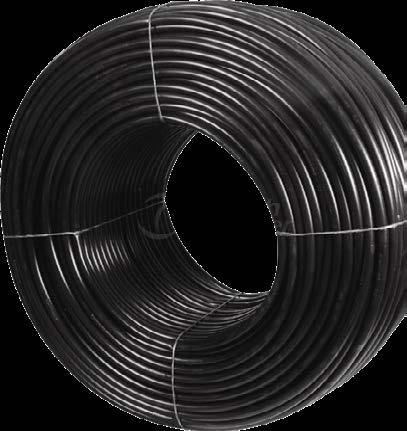

46 ProAgri Zambia 85 sales@rototankzambia.co.zm 0960 567 058 / 0971 926 953 www.facebook.com/RototankZambia Drip pipes Designed to endure the elements and meet the requirements of your farm. 40 mm & 32 mm Easy to install and maintain! Rain Hose Now also available in 25 mm
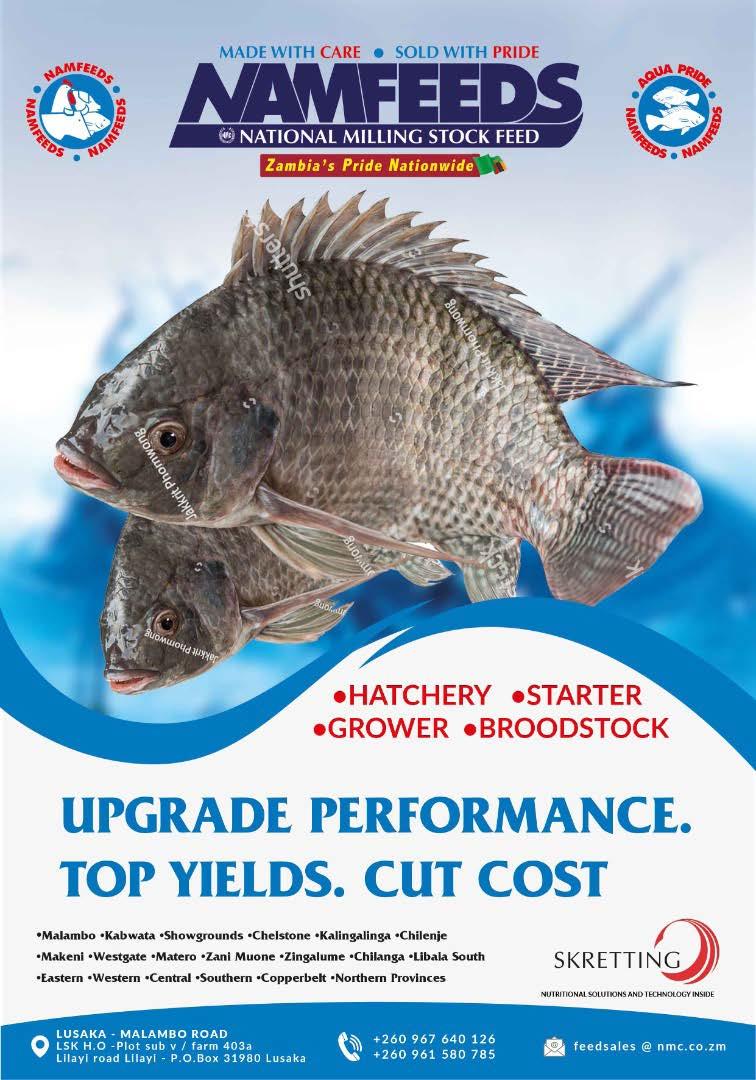
ProAgri Zambia 85 47

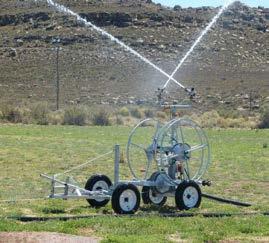

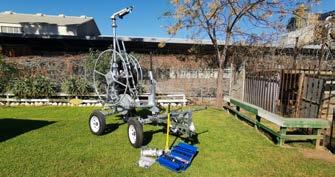


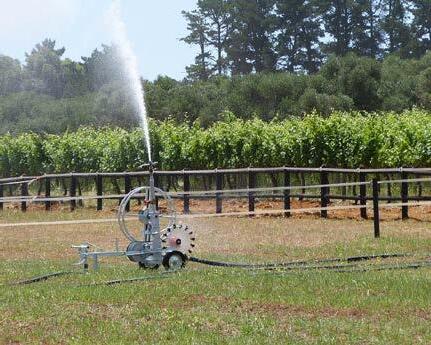









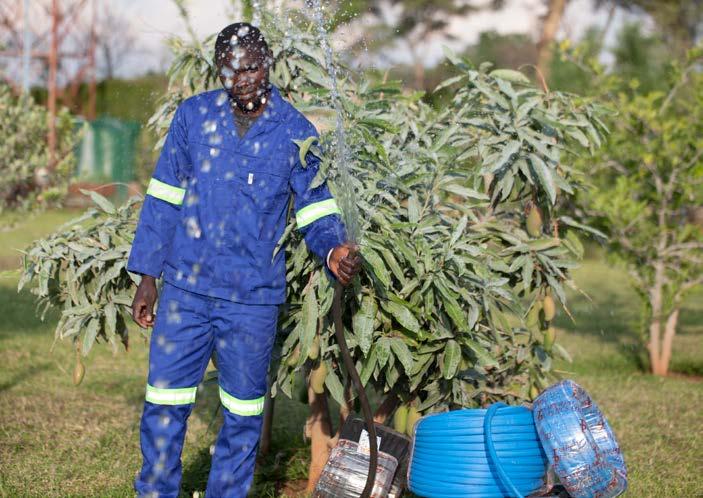
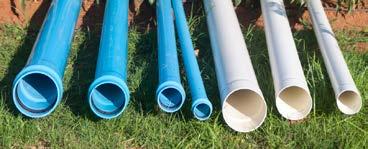



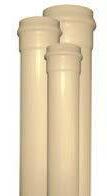

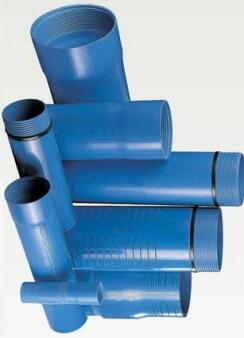
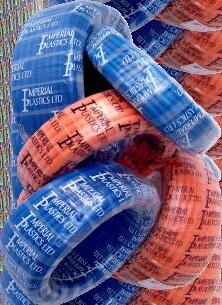
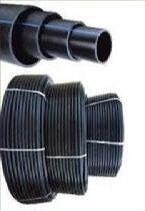
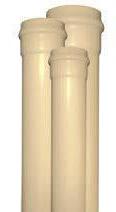

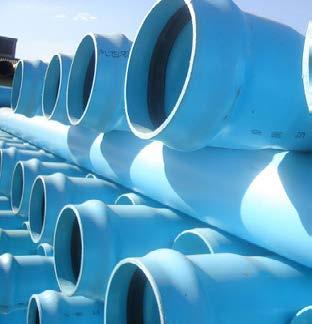








48 RAINMAKER 200 HEAVY DUTY COMMERCIAL FARMING IRRIGATION The most effective and cost efficient travelling irrigation systems available HEAVY DUTY COMMERCIAL FARMING IRRIGATION RHINO 300 HEAVY DUTY COMMERCIAL FARMING IRRIGATION Suitable for tall crops HOSE MASTER 50/100 PORTABLE IRRIGATION SYSTEM SPORTSMAN 120 SPORT FIELD AND GARDEN IRRIGATION CLUBMAN 100 SMALL SCALE FARMING AND RECREATIONAL IRRIGATION ZAMBIA Lusaka Patrick Moonga Mobile: +260 (0) 978 386660 Office: +260 (0) 211 241286 E-mail: moonga@saroagri.co.zm www.rotrixafrica.co.za We are going on all our PVC pipes BENEFITS OF GOING LEAD FREE -reduces cross-linking leading to easier recycling -new stabilizing systems are non toxic & contain no heavy metals -not harmful to humans LEAD FREE /843290 845544 Cell: +260 955 180189 imperialplasticsip@yahoo.com Website: www.imperialplast.com 456A Kafue Road, Shimabala, -Lusaka Zambia Manufacturers of Irrigation HDPE Polypipes, Sewer/Waste Pipes, Garden Hose Pipes, UPVC Pressure Pipes, PVC Borehole Casings Tel: +260 211 843290 / 845544 | Email: imperialplasticsip@yahoo.com | Facebook: facebook.com/imperialplastics1 | Kafue Road, Shimabala, Lusaka - Zambia Think PIPES , Think Tel: +260 211 843290 / 845544 | +260 955 180189 | Email: imperialplasticsip@yahoo.com | Website: www.imperialplast.com Facebook: facebook.com/imperialplastics1 | Physical Address: No. 456A Kafue Road, Shimabala, Lusaka - Zambia


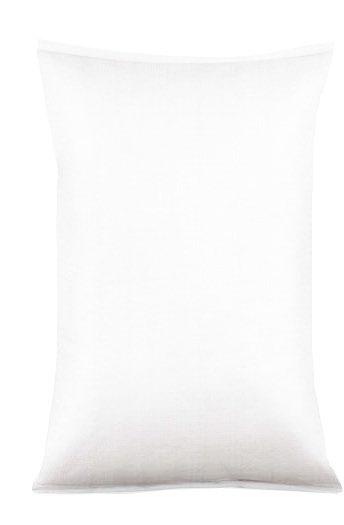


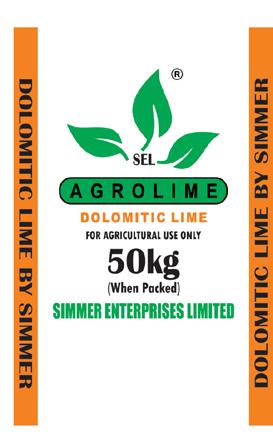

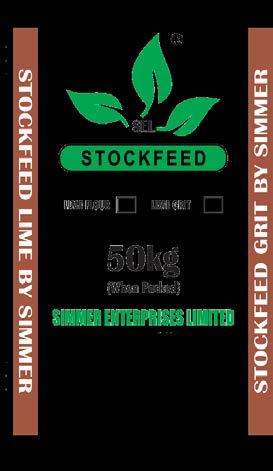







SIMMER ENTERPRISES LIMITED Manufacturers of Agriculture Lime, (Calcitic Lime & Dolomitic Lime) Calcium Carbonate, Stockfeed Lime & Grit Suppliers of Agro Inputs, Gypsum (Calcium Sulfate) & all types of fertilizers +260 974 573 758 agrolime.zambia@gmail.com +260 978 592 390 agrolime.simmer@gmail.com +260 211 286 424 www.simmerlime.com P.O. BOX 33201, STAND No.12609, KATANGA ROAD, CHINIKA INDUSTRIAL AREA, LUSAKA - 10101 ZAMBIA



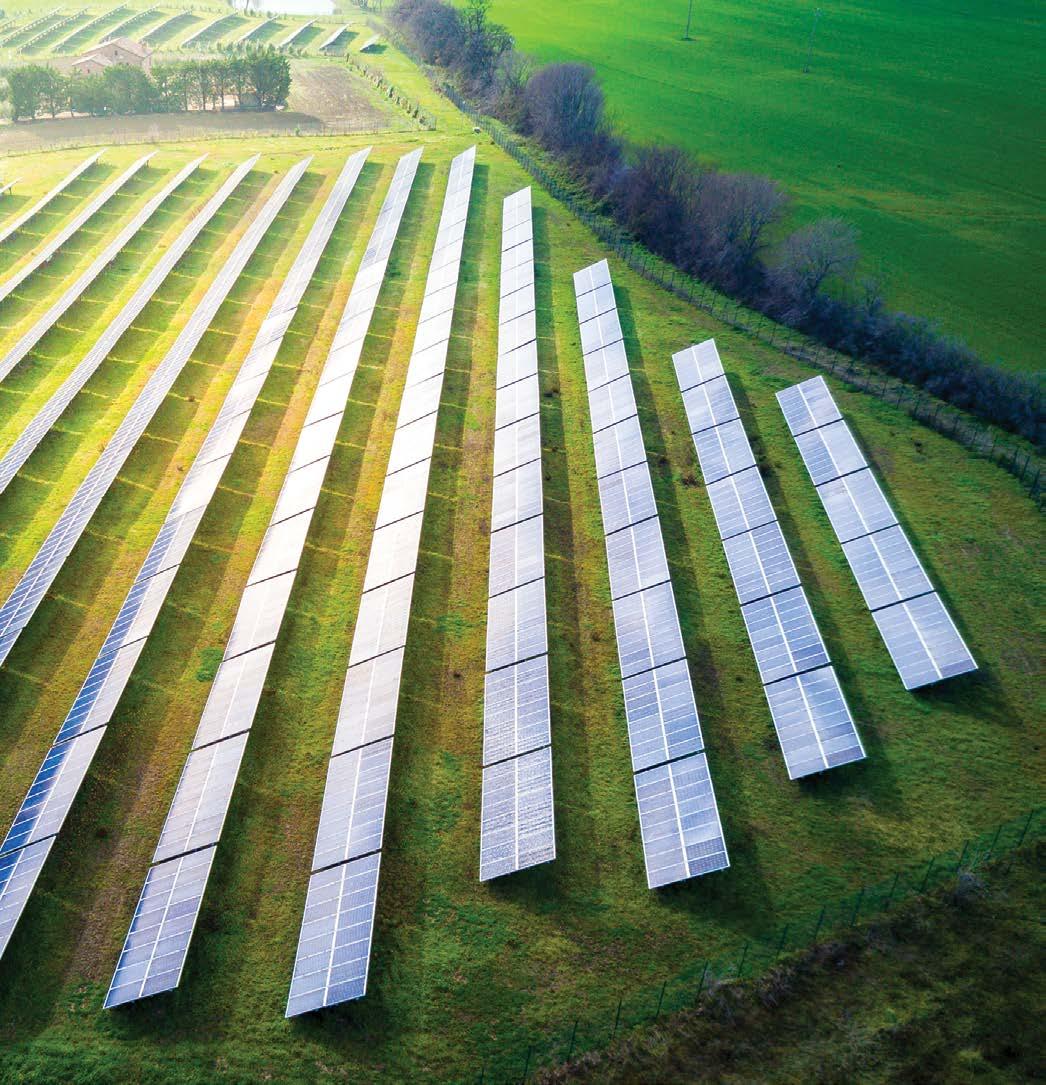

50 Marius Tolken +27 79 506 3400 Andre Van Wyk +260 97 877 2550 Valley Sales +27 60 076 7253 Renewable energy meets the durability of Valley Efficient | Energy saving | Reduced environmental impact | New possibilities | Finance available Solar Energy for Agri-business The sun shines, and we do the rest ® www.valleyirrigation.com






















































































 by Benine Ackermann
by Benine Ackermann























































































 by Natasha Kruger
by Natasha Kruger







































































































































